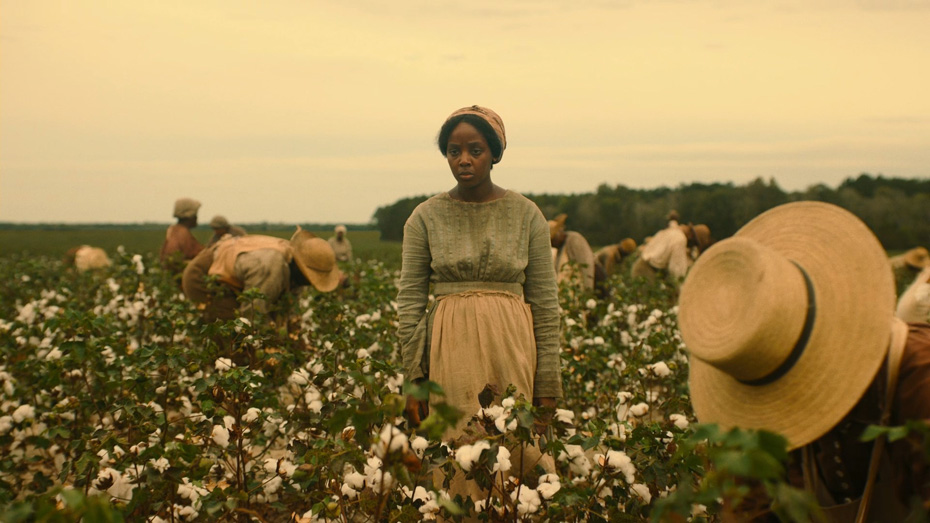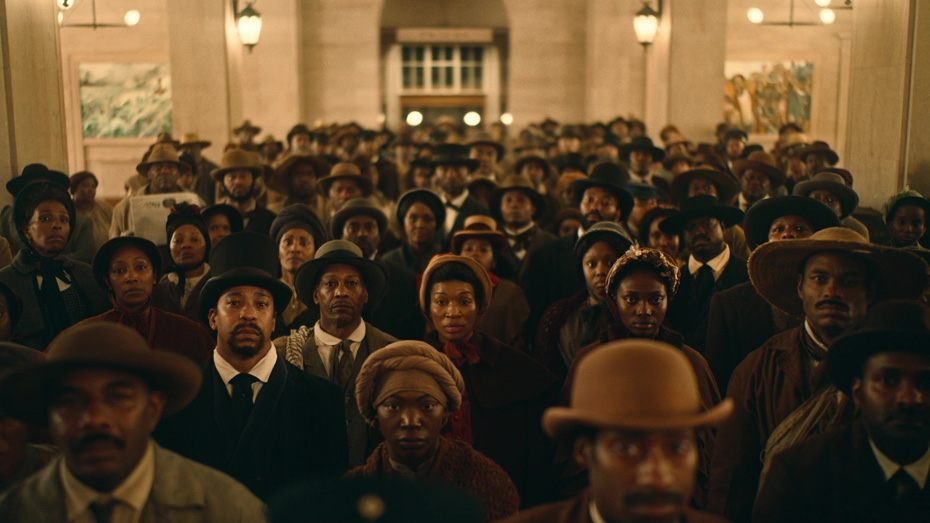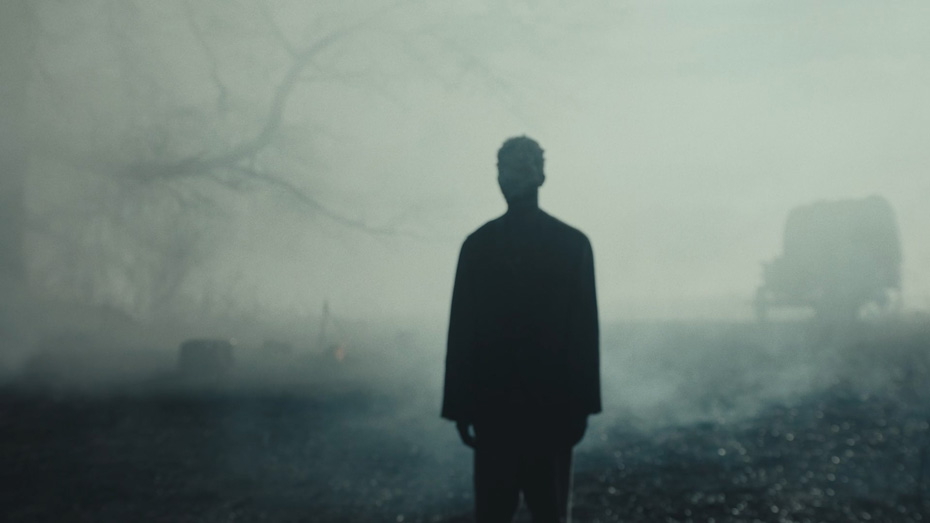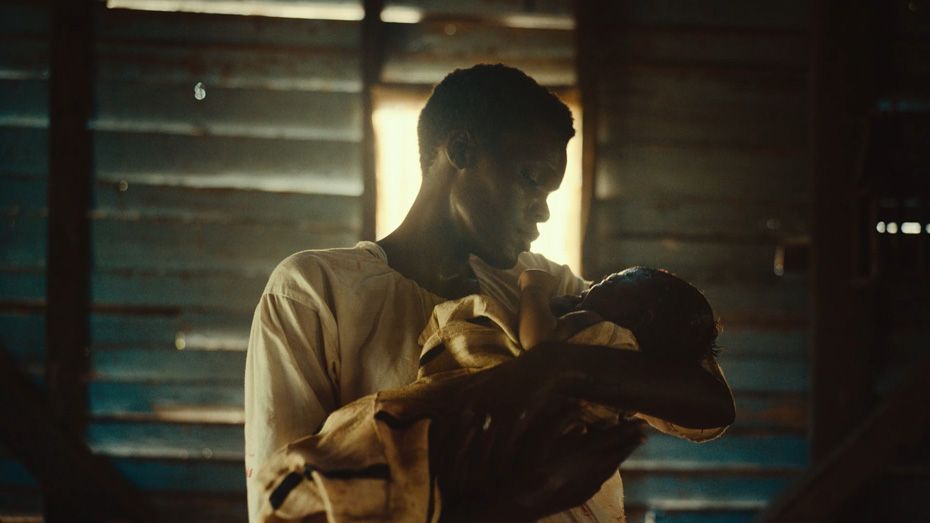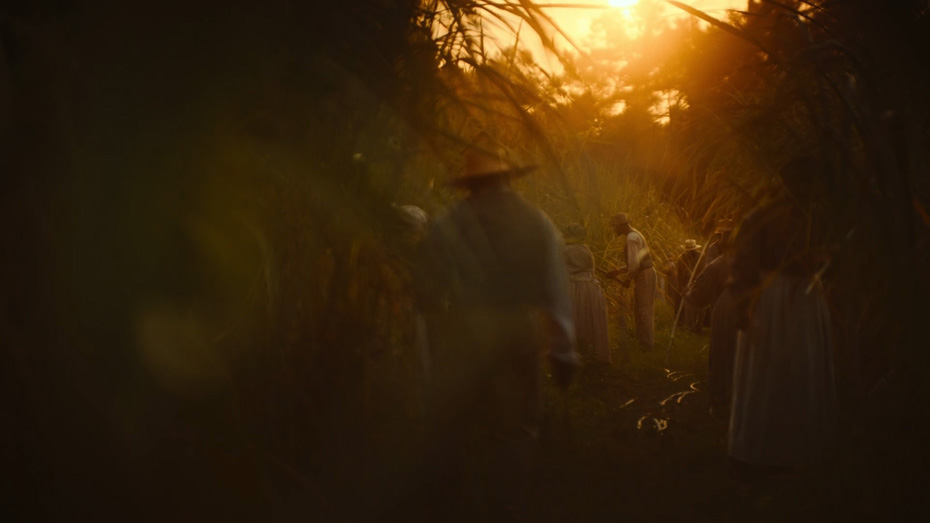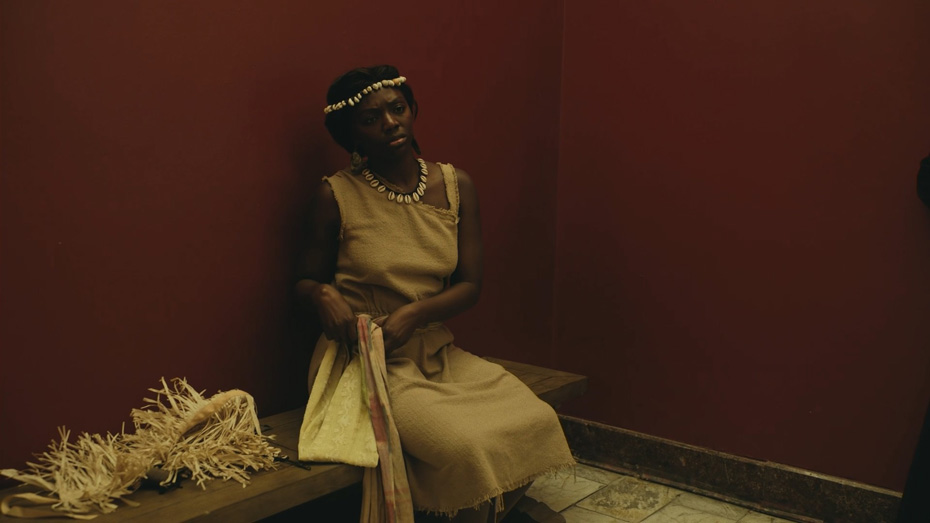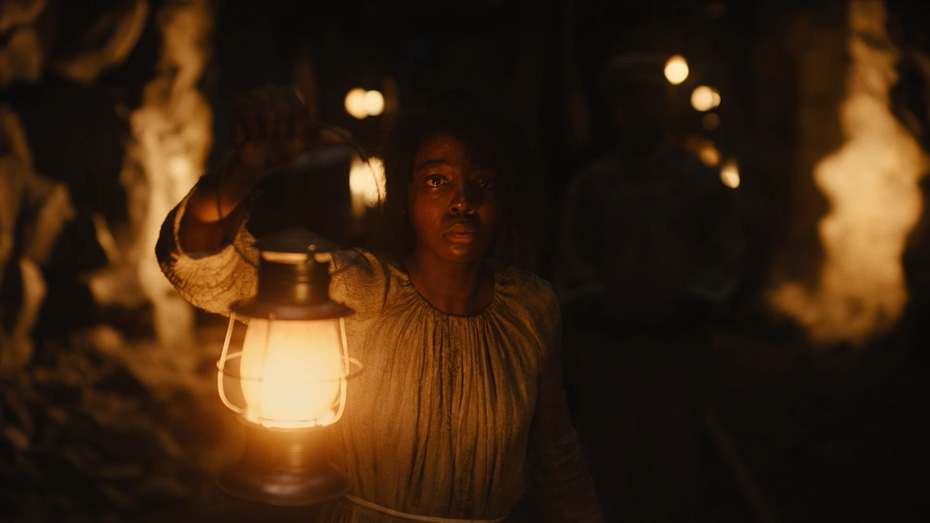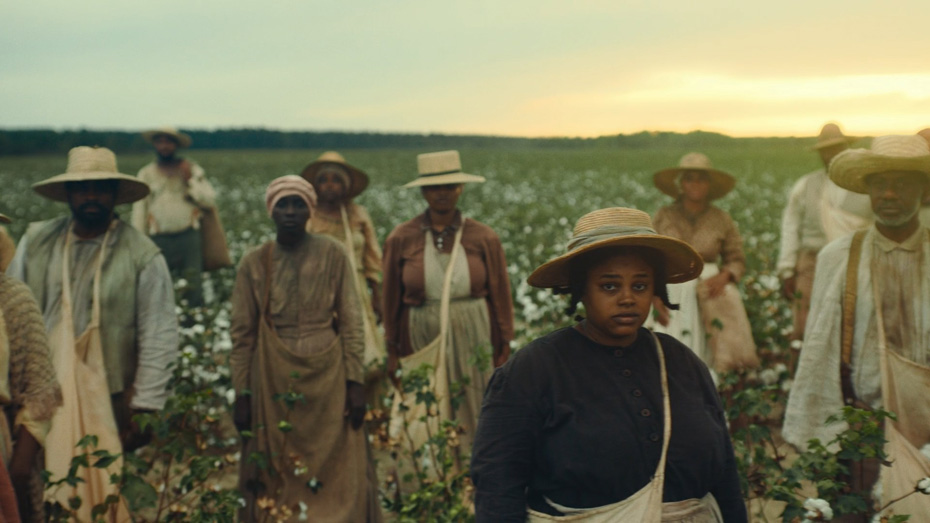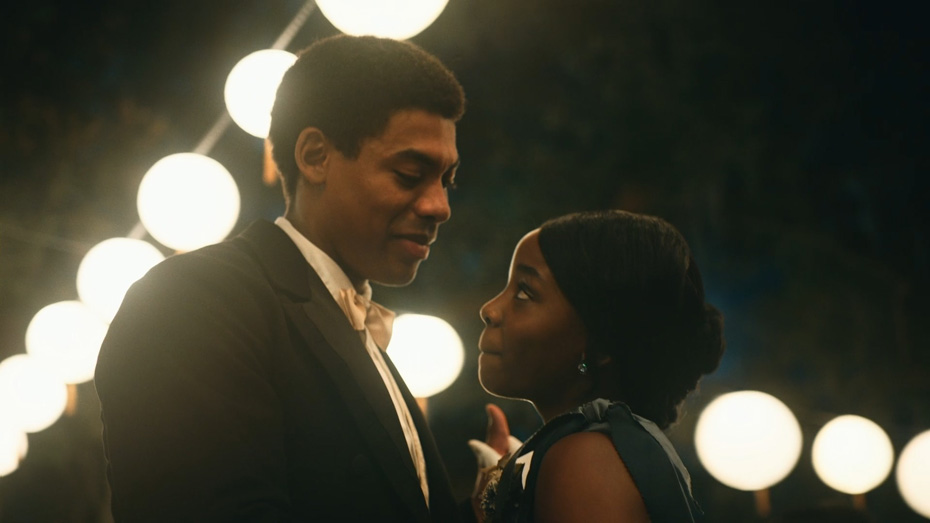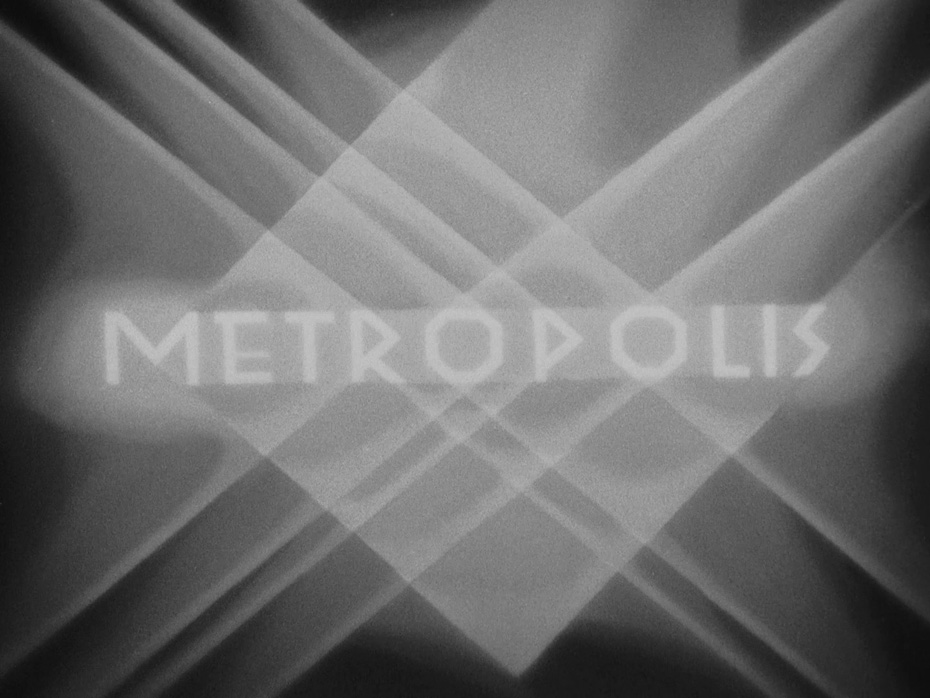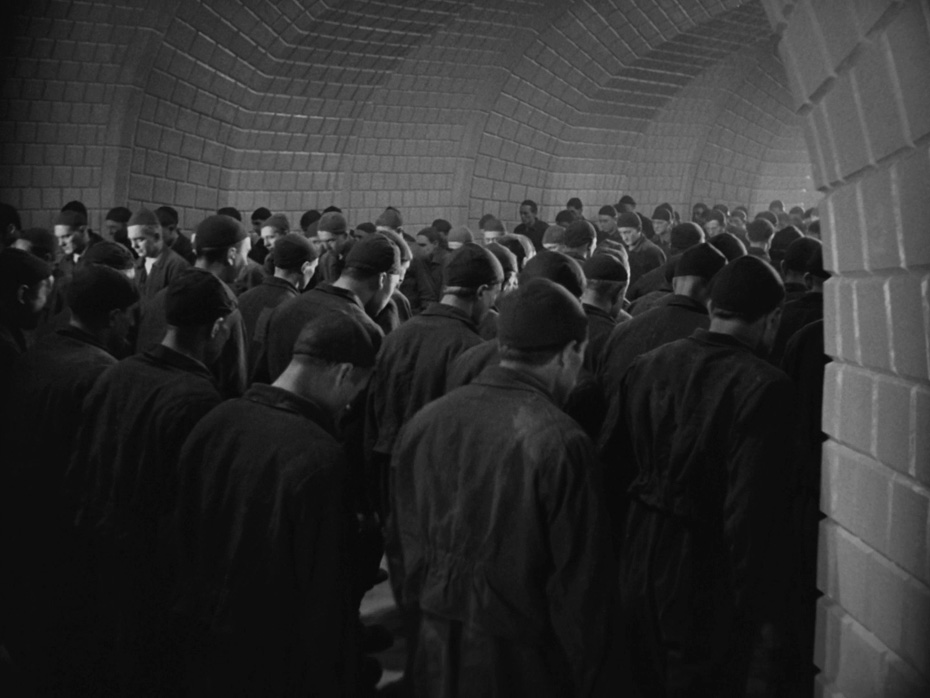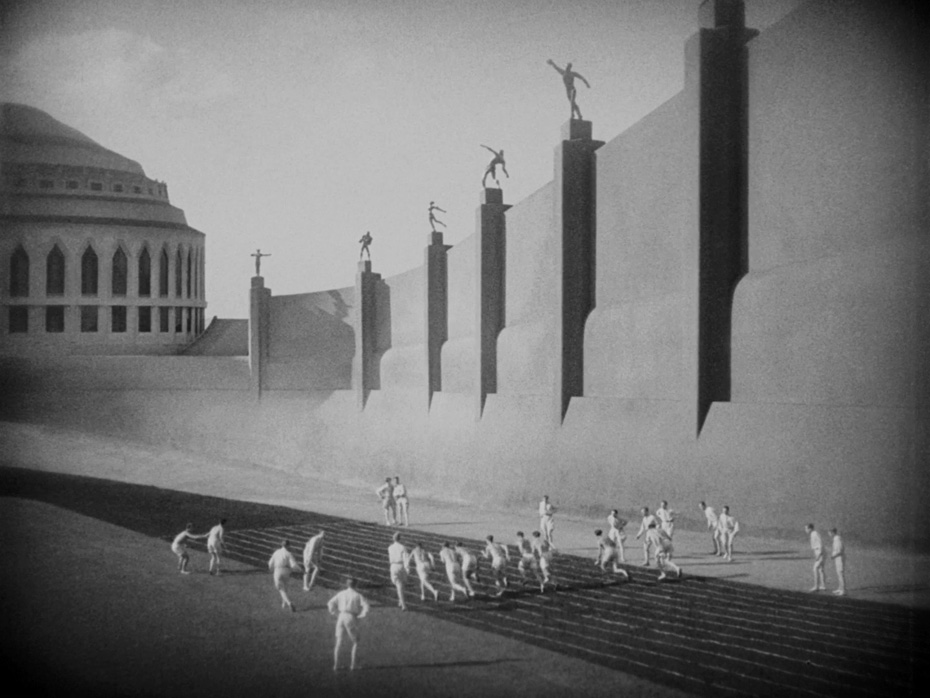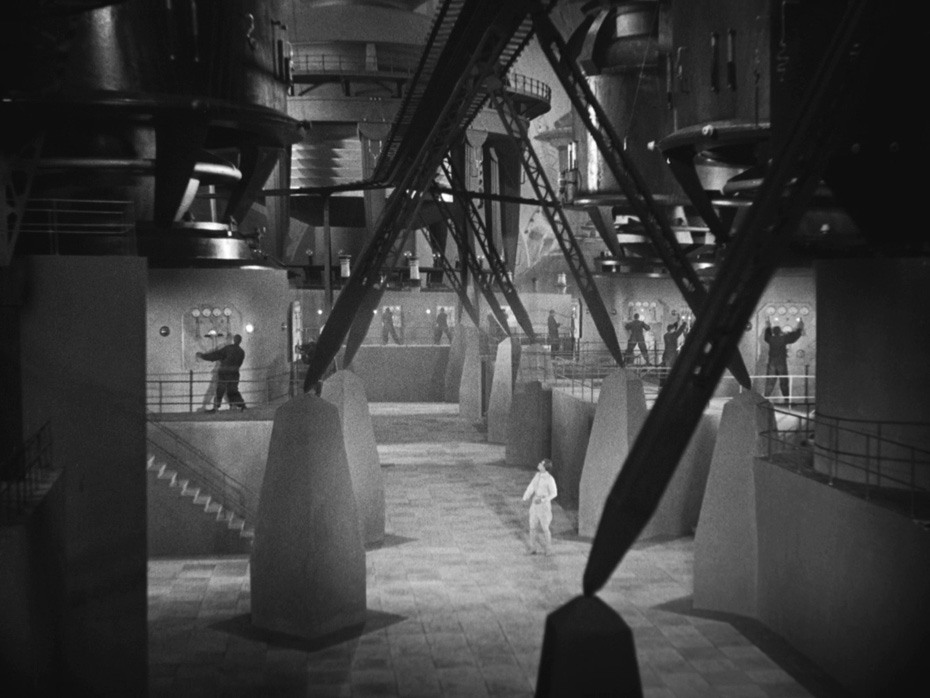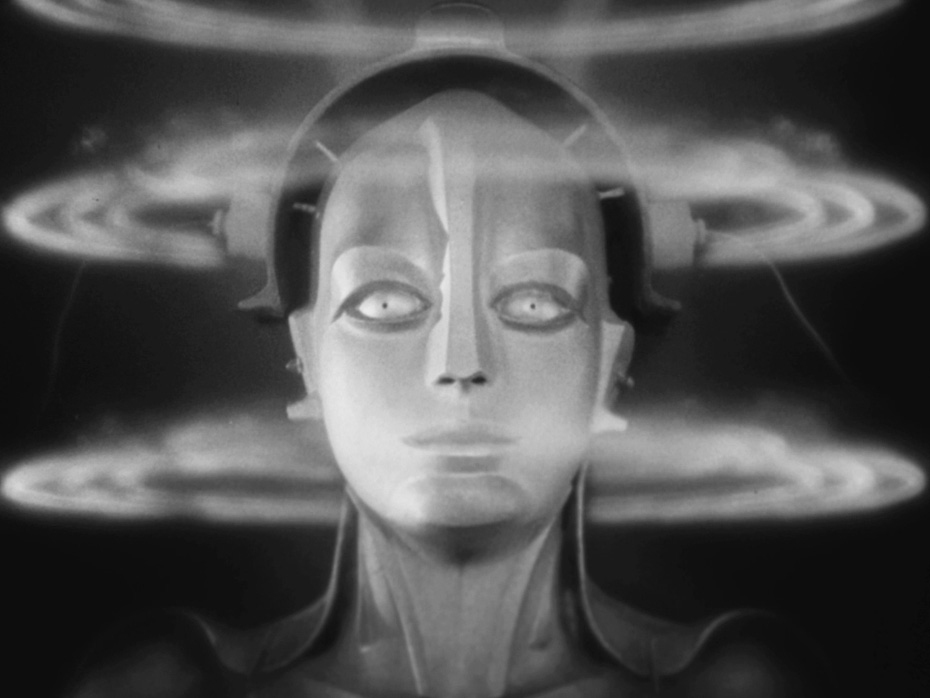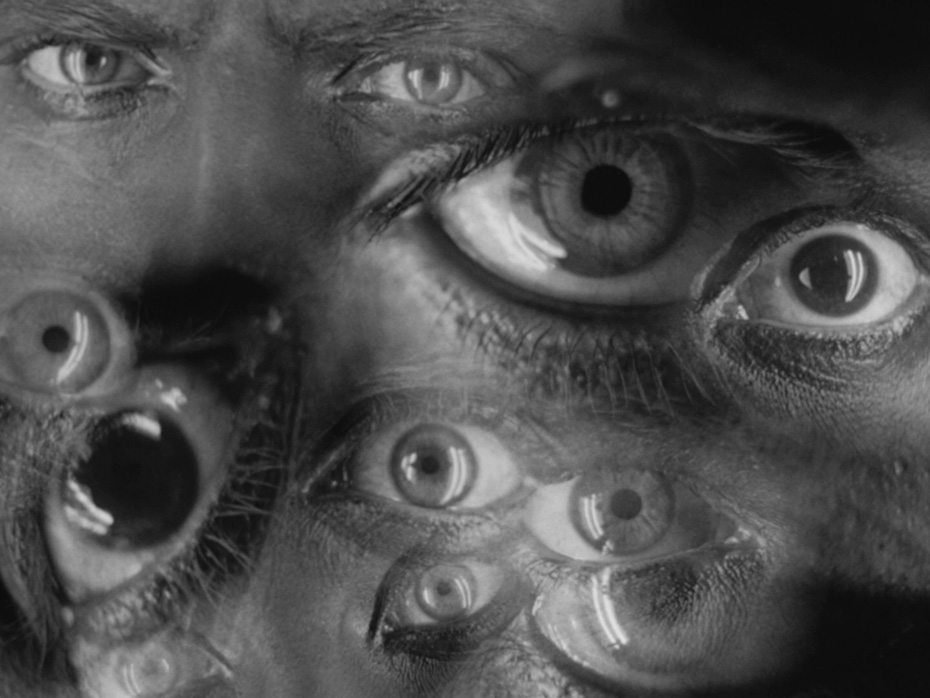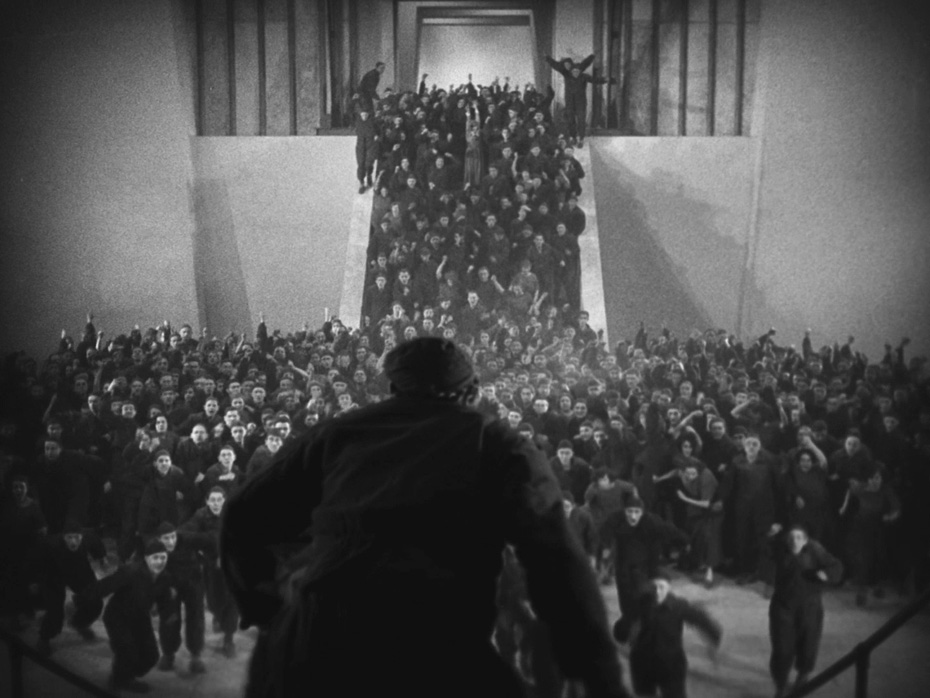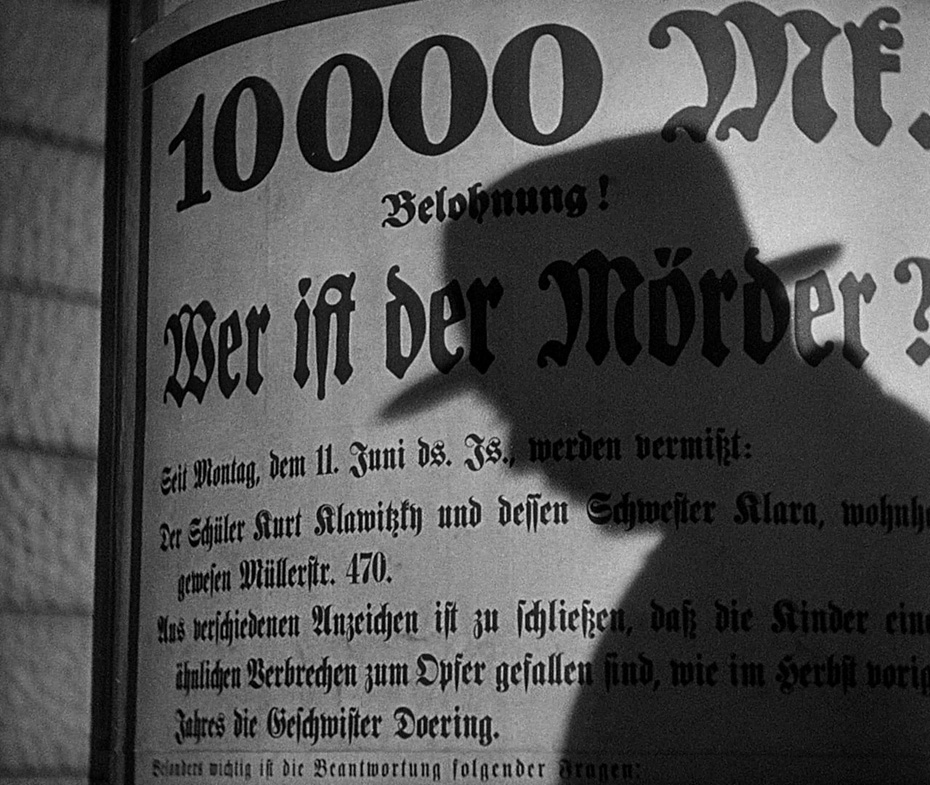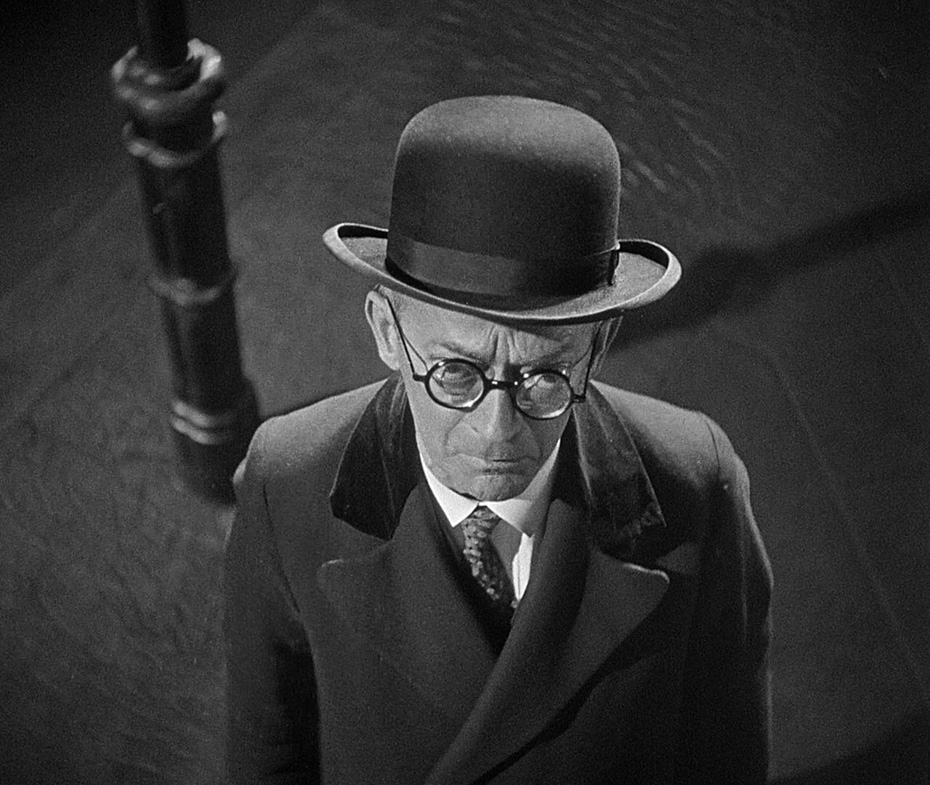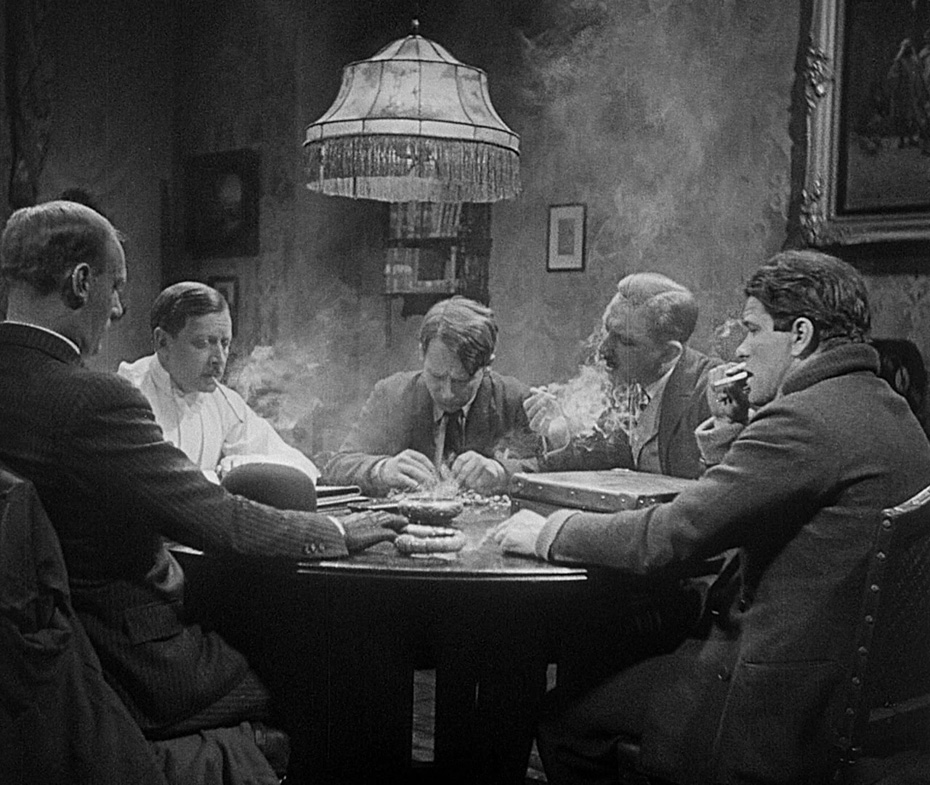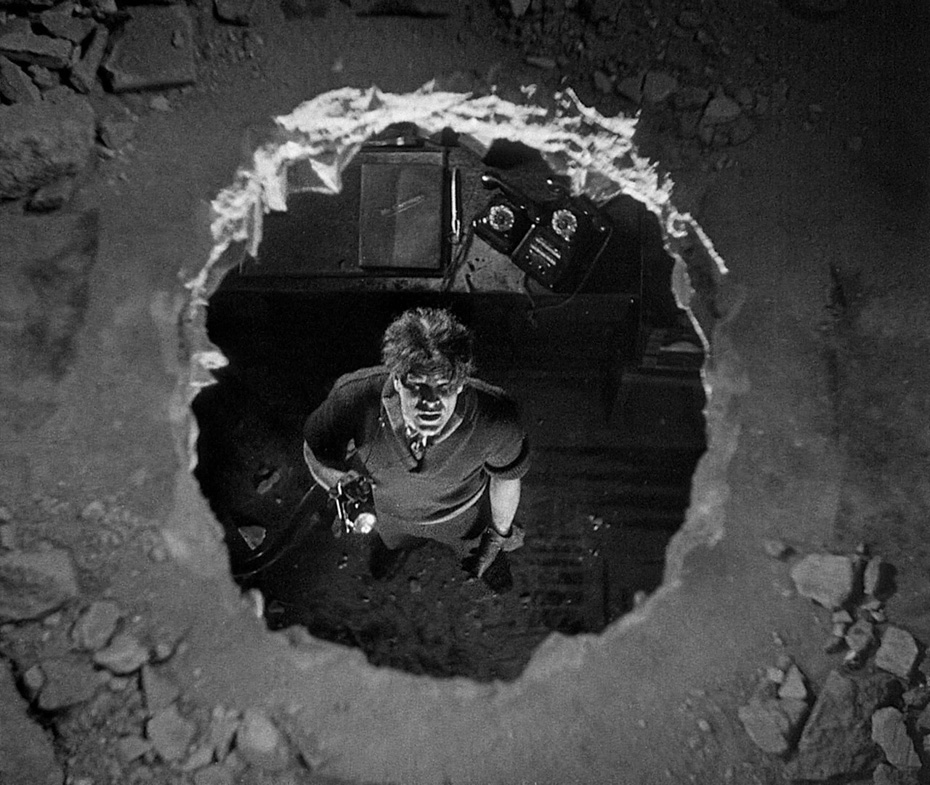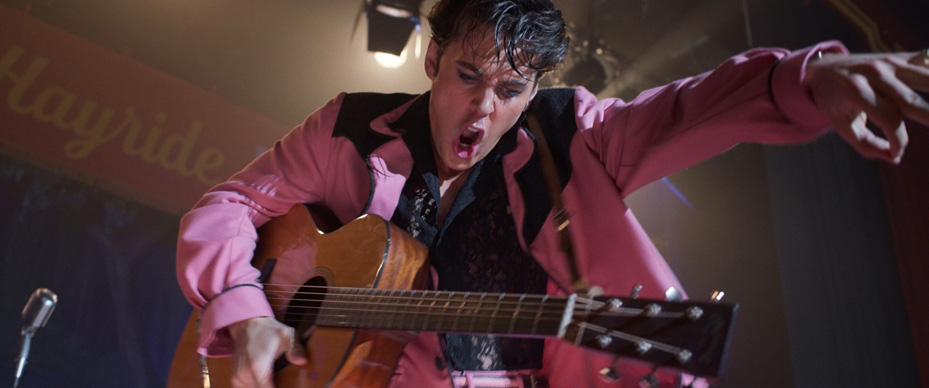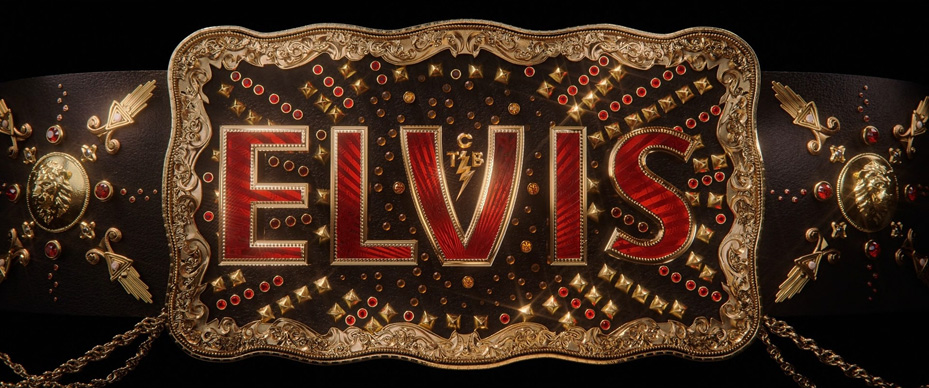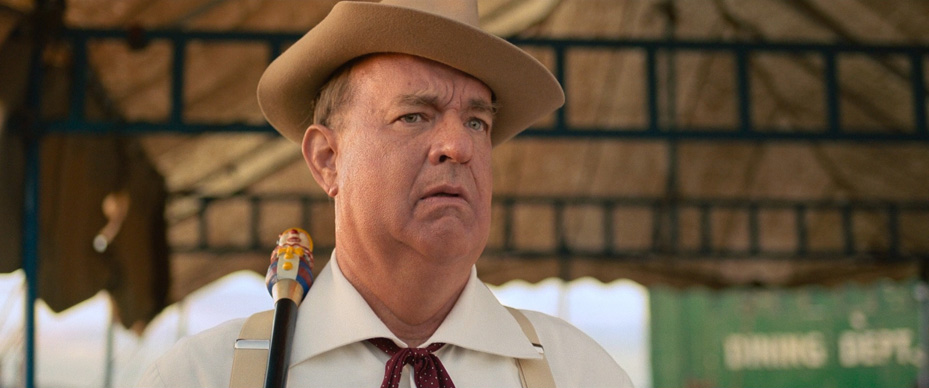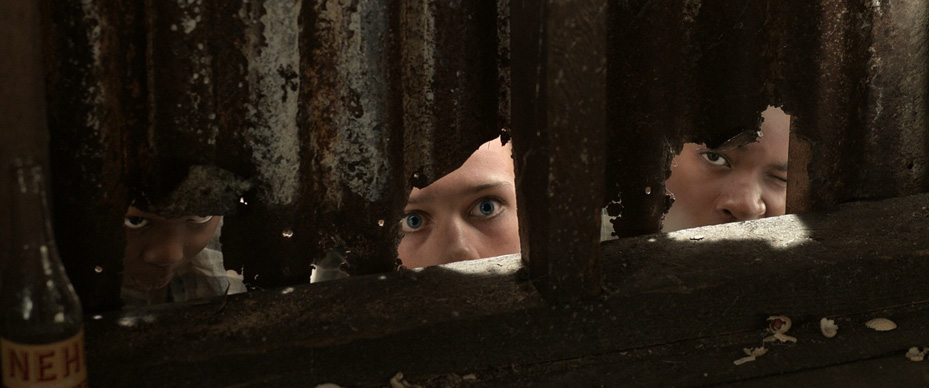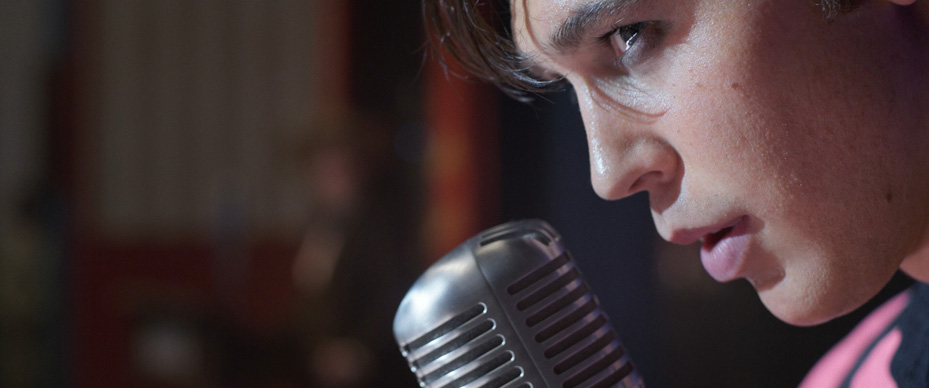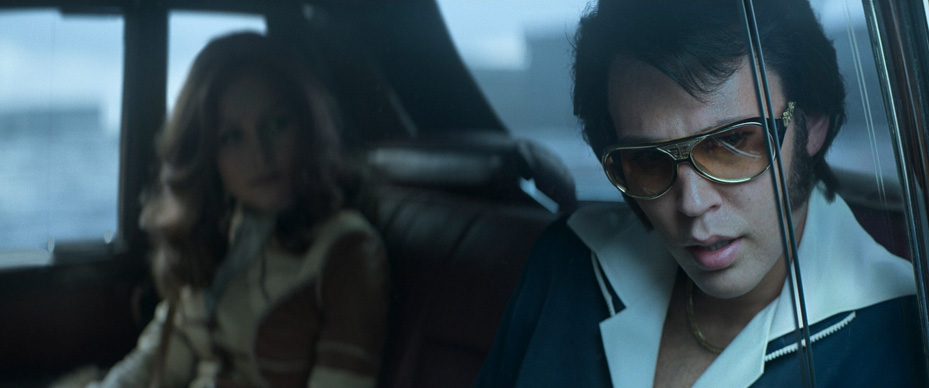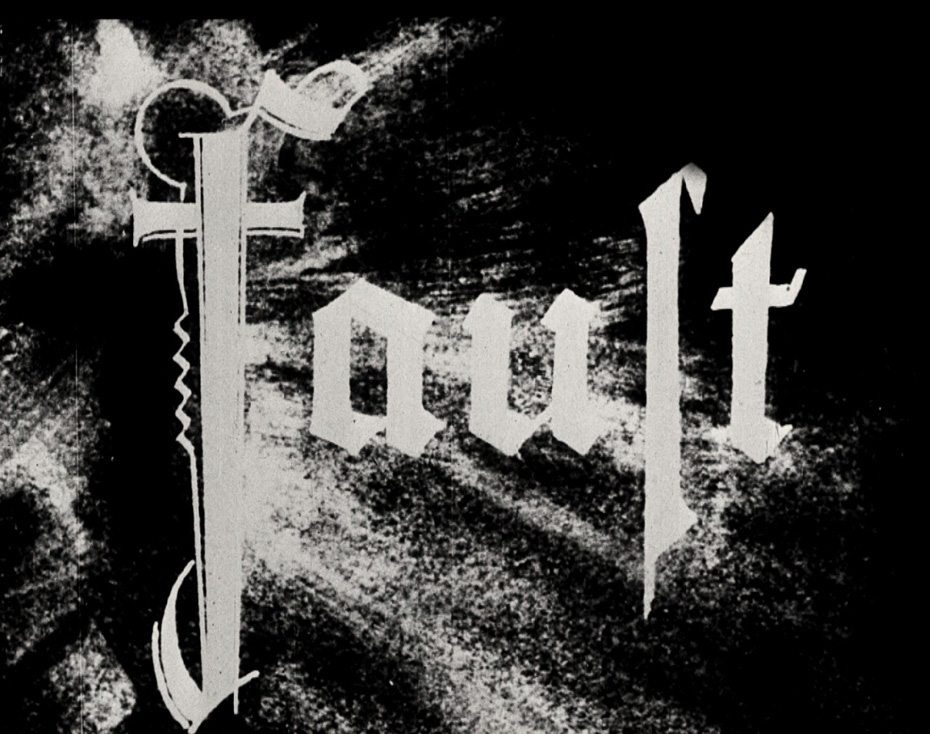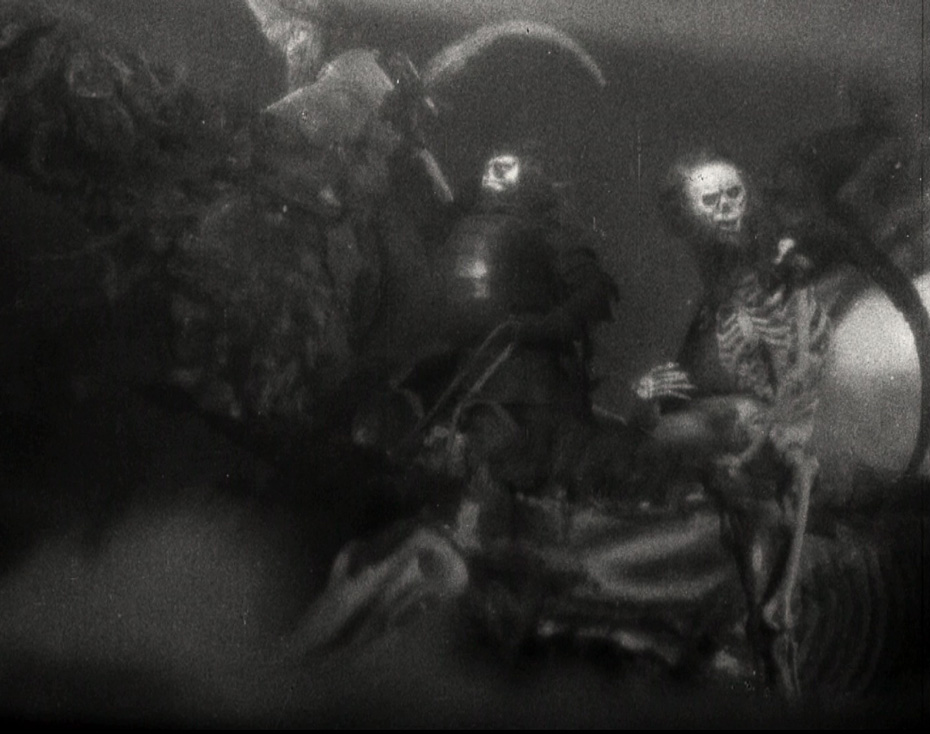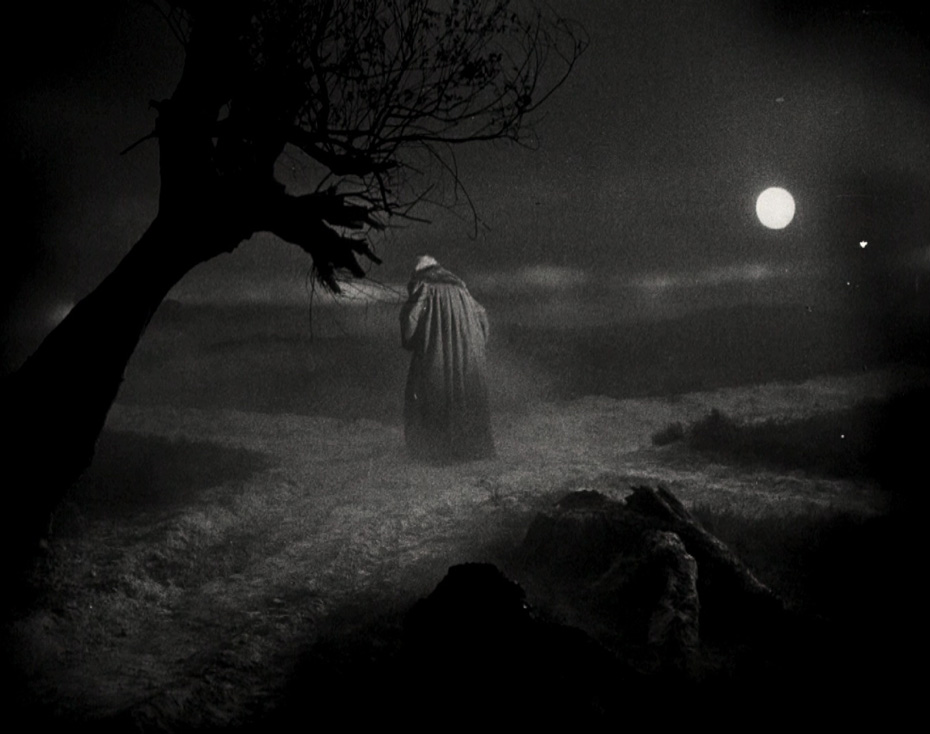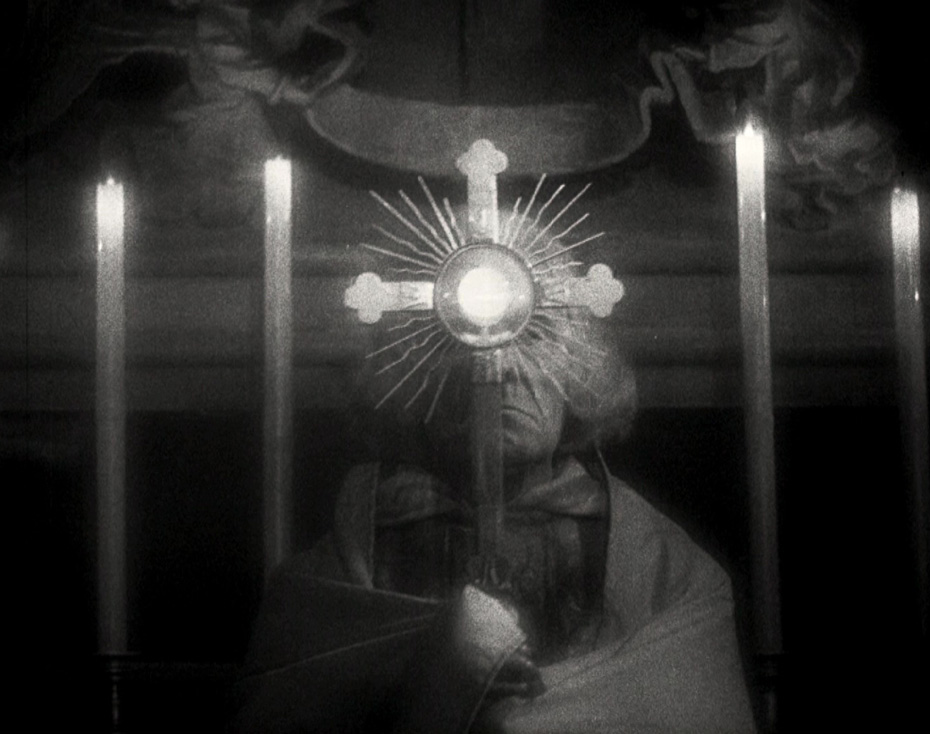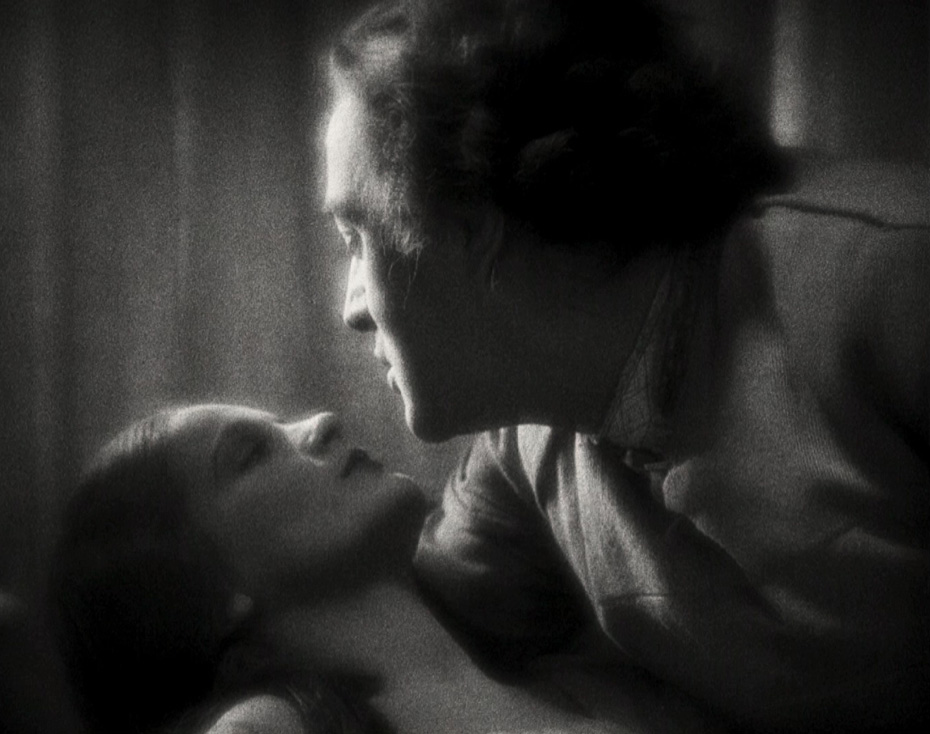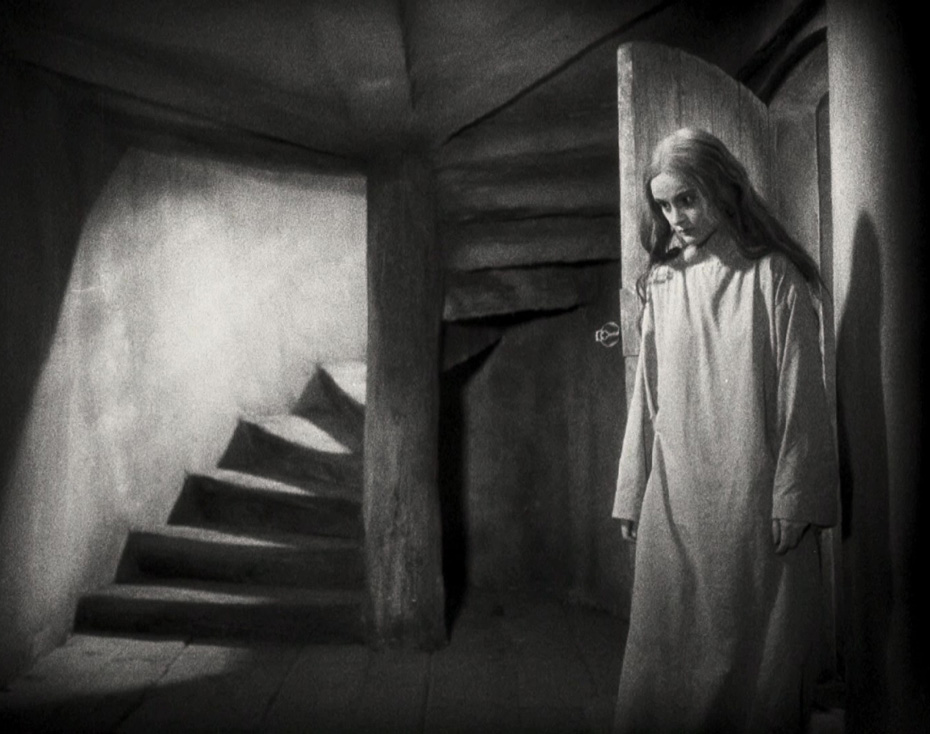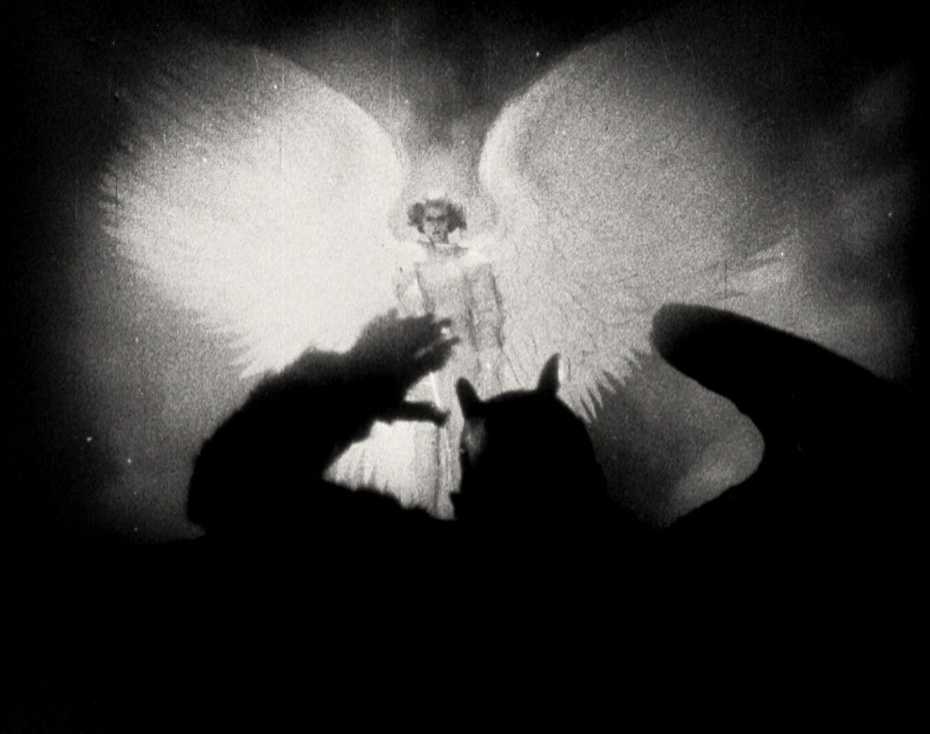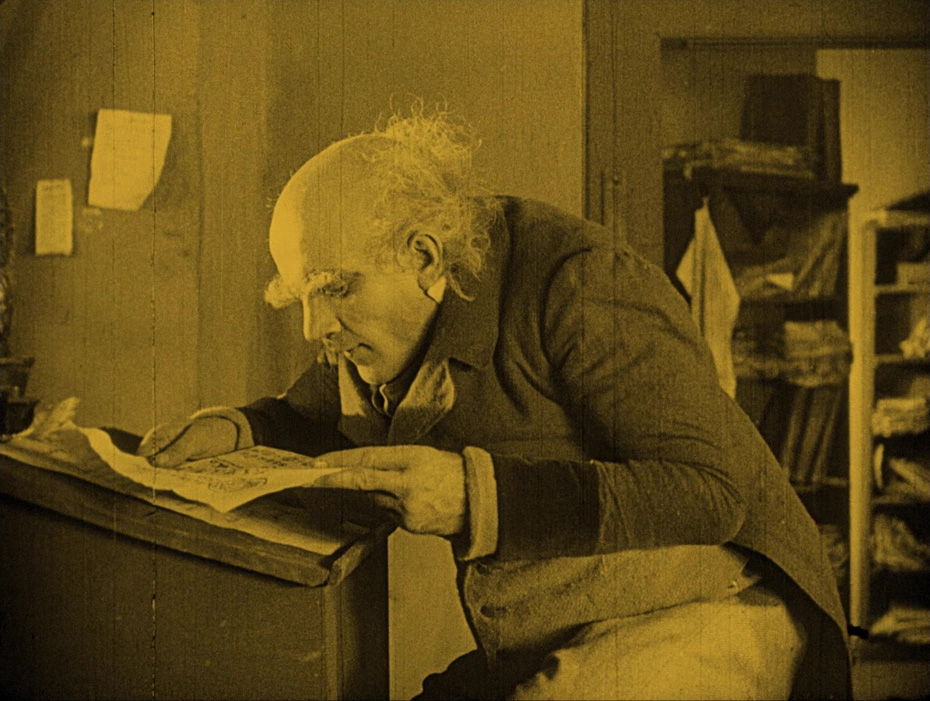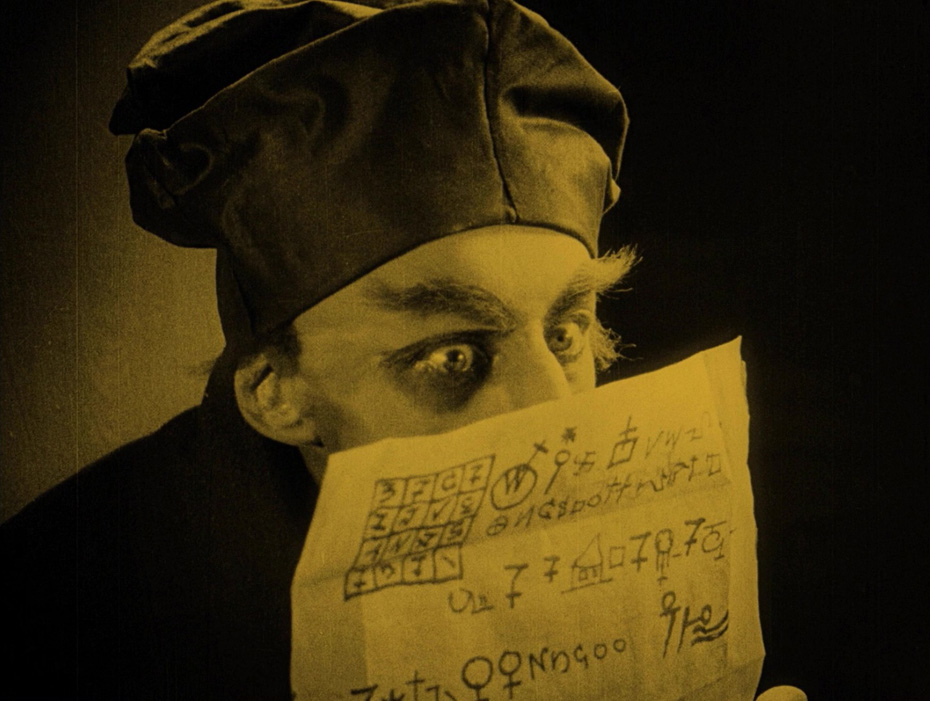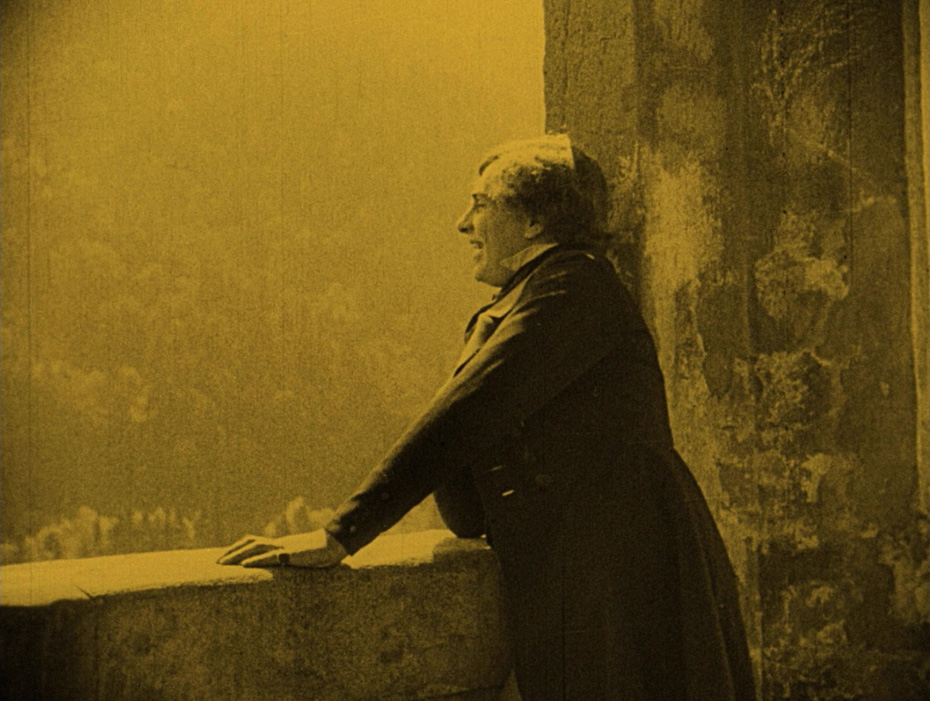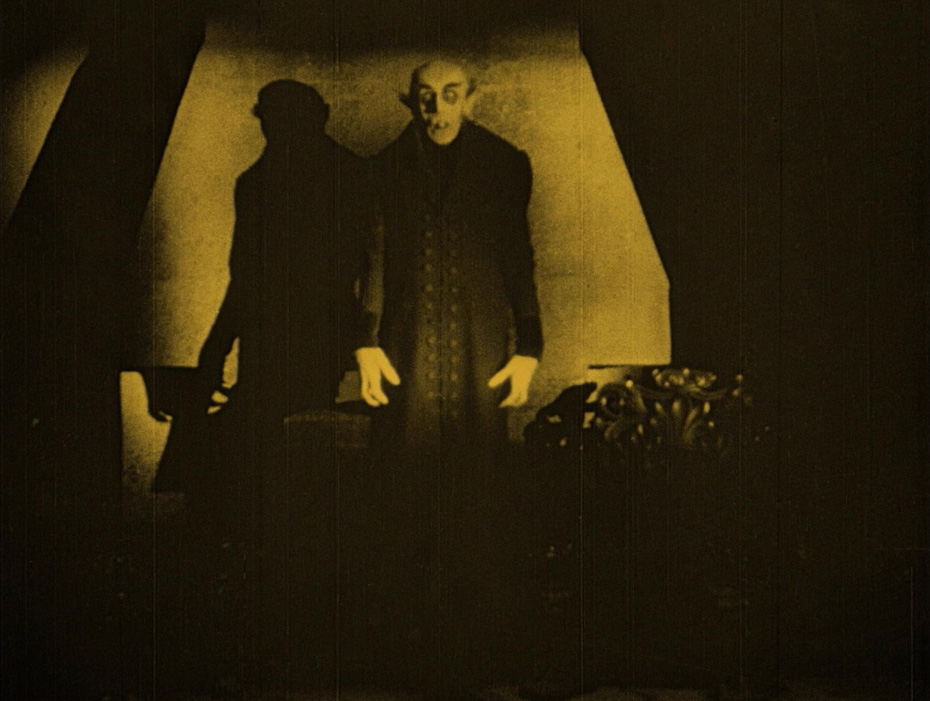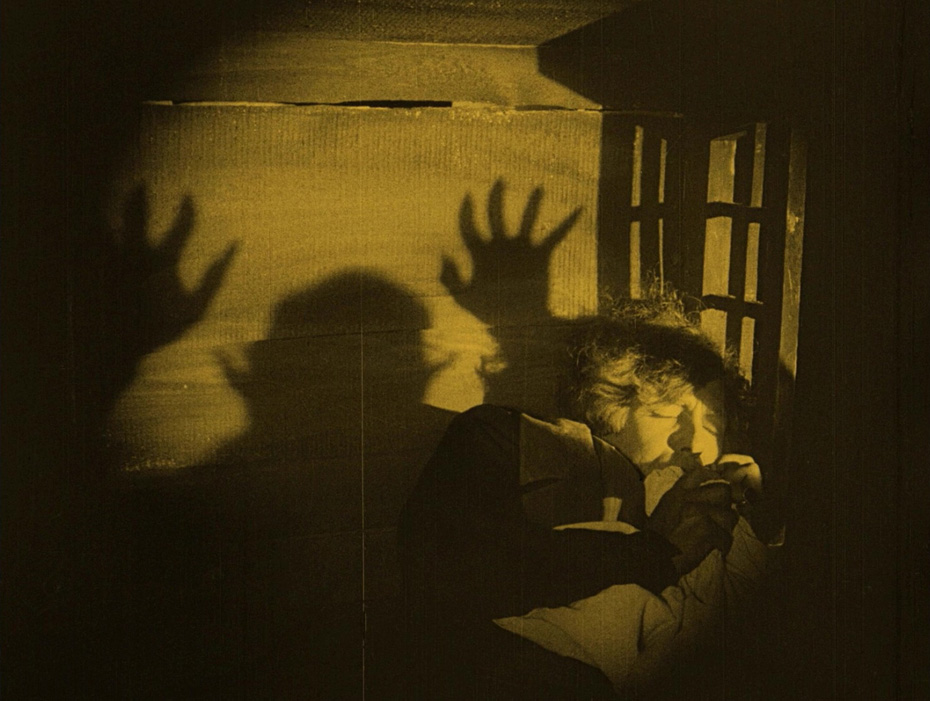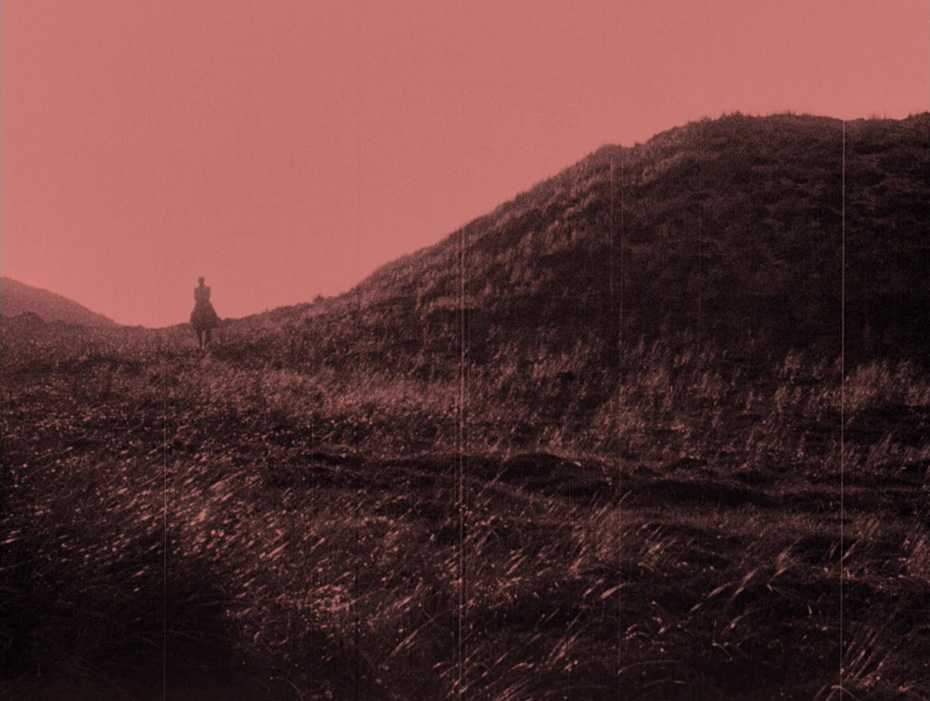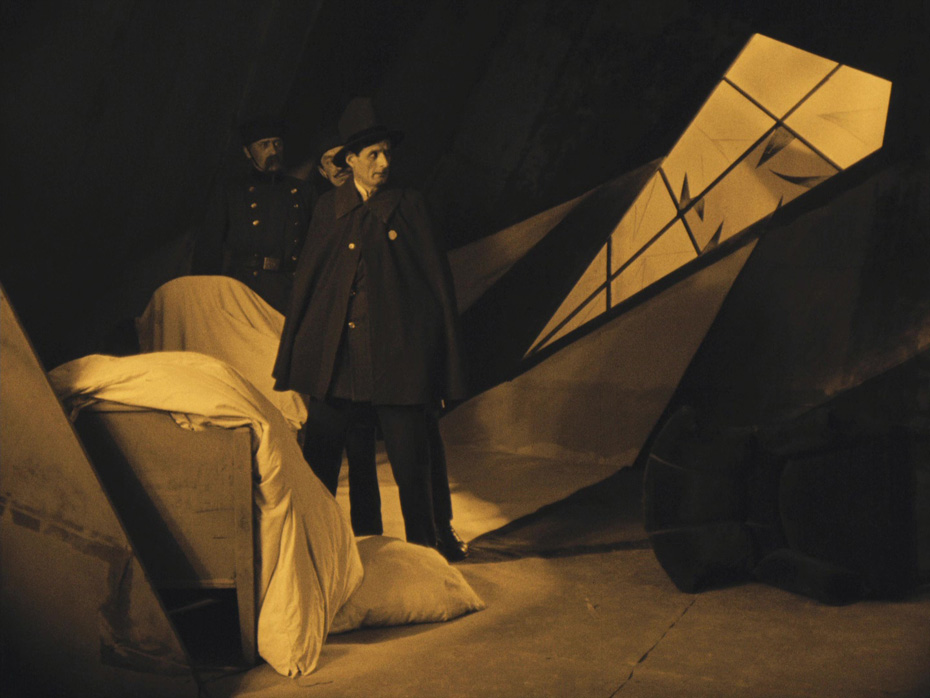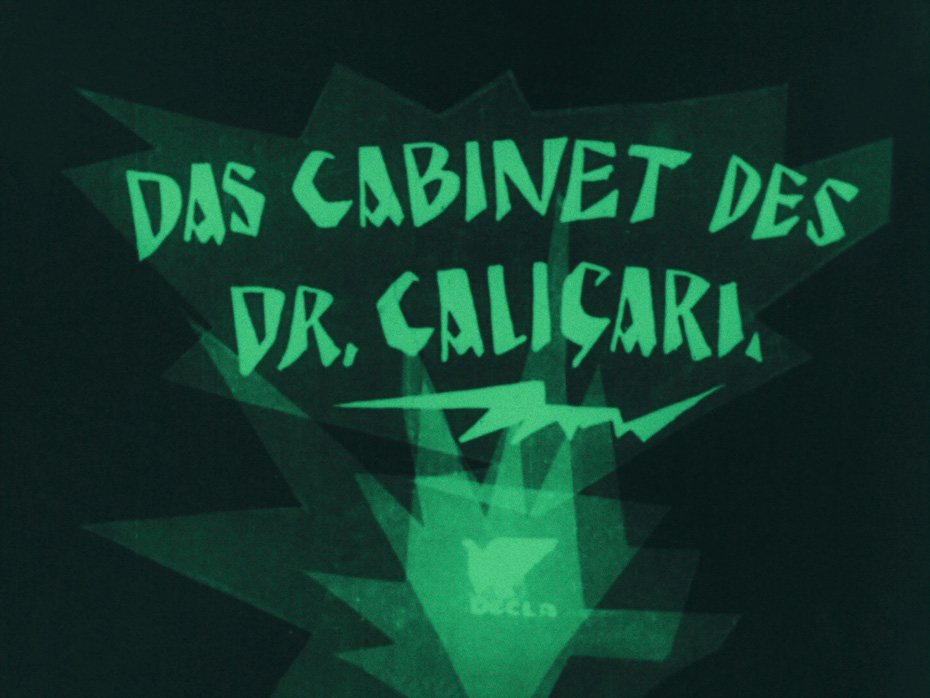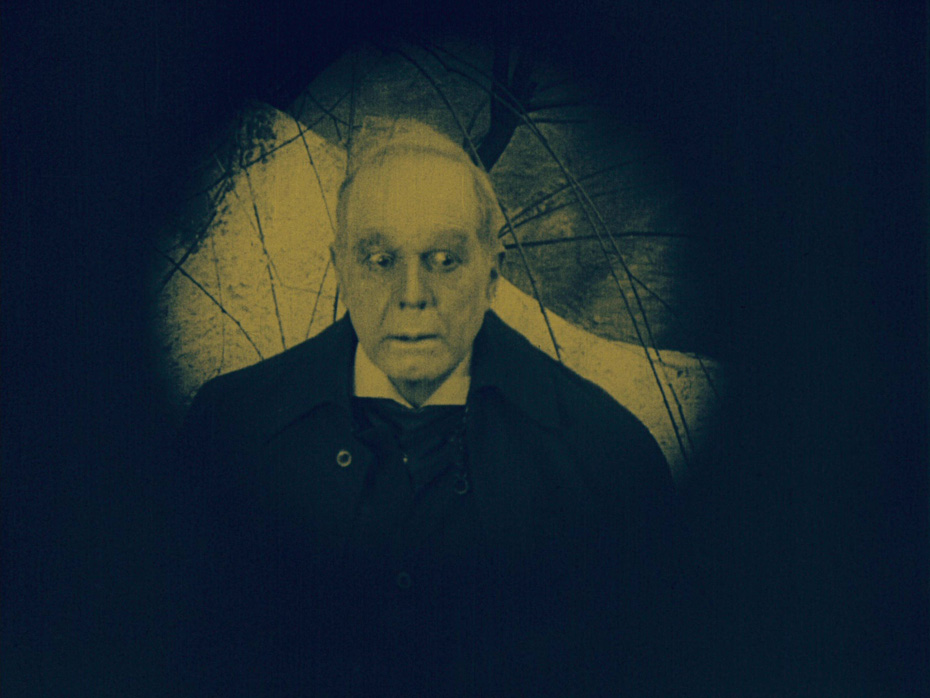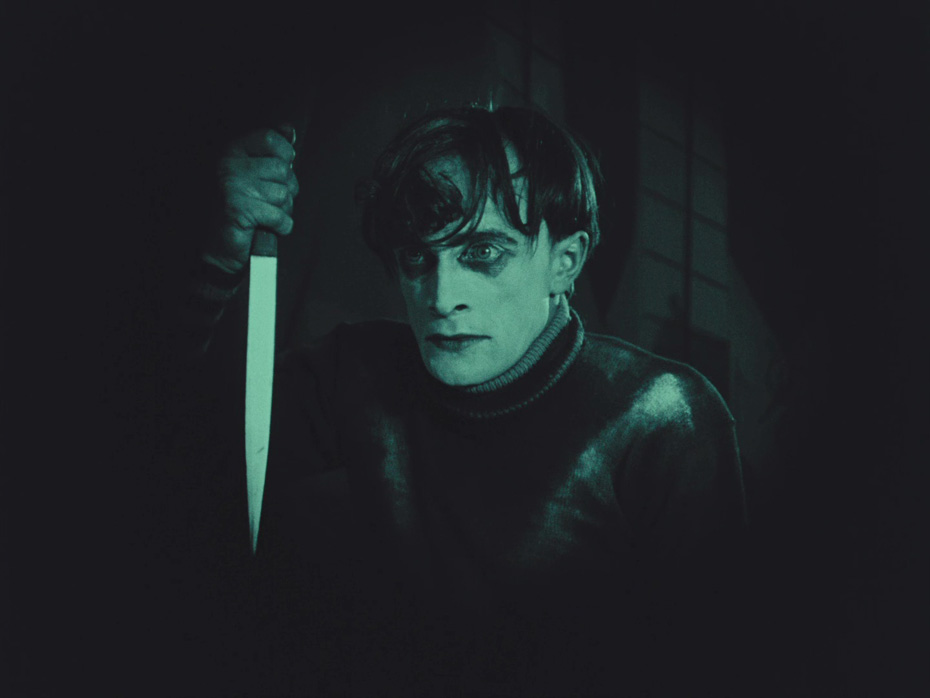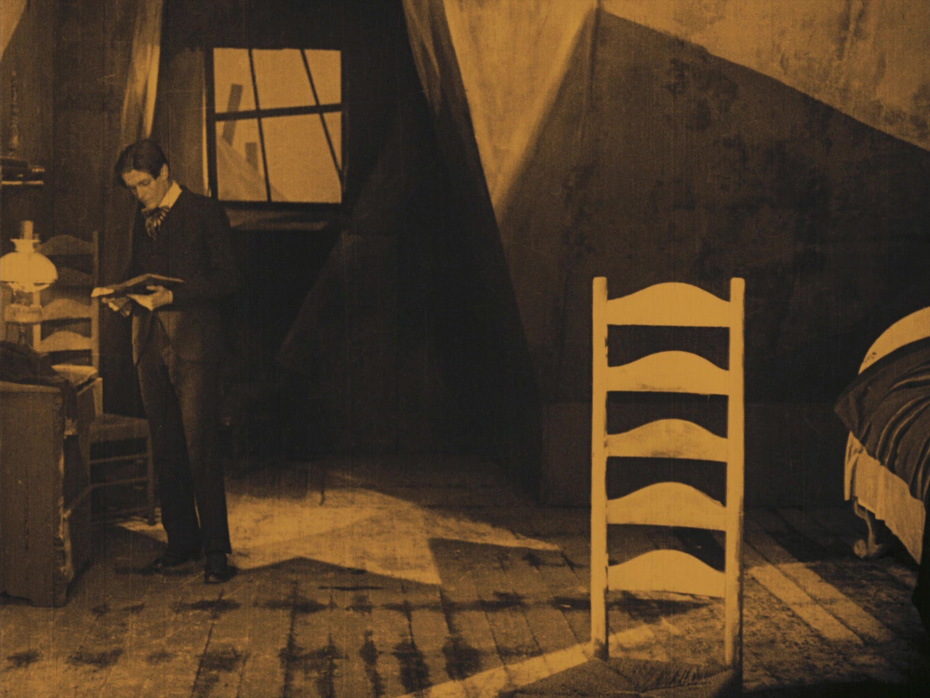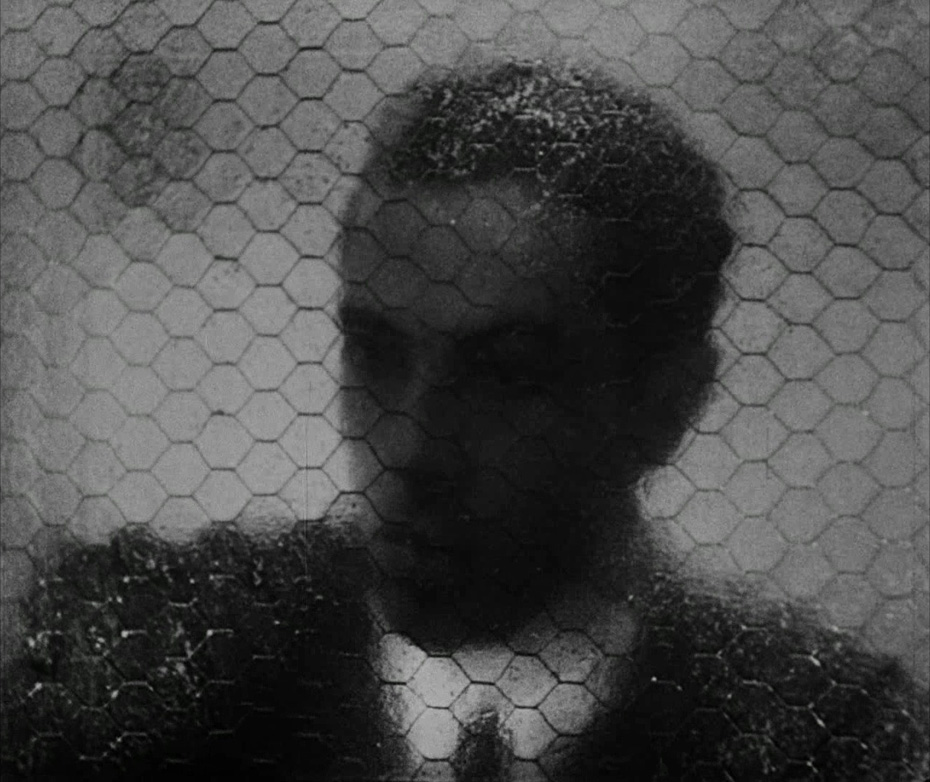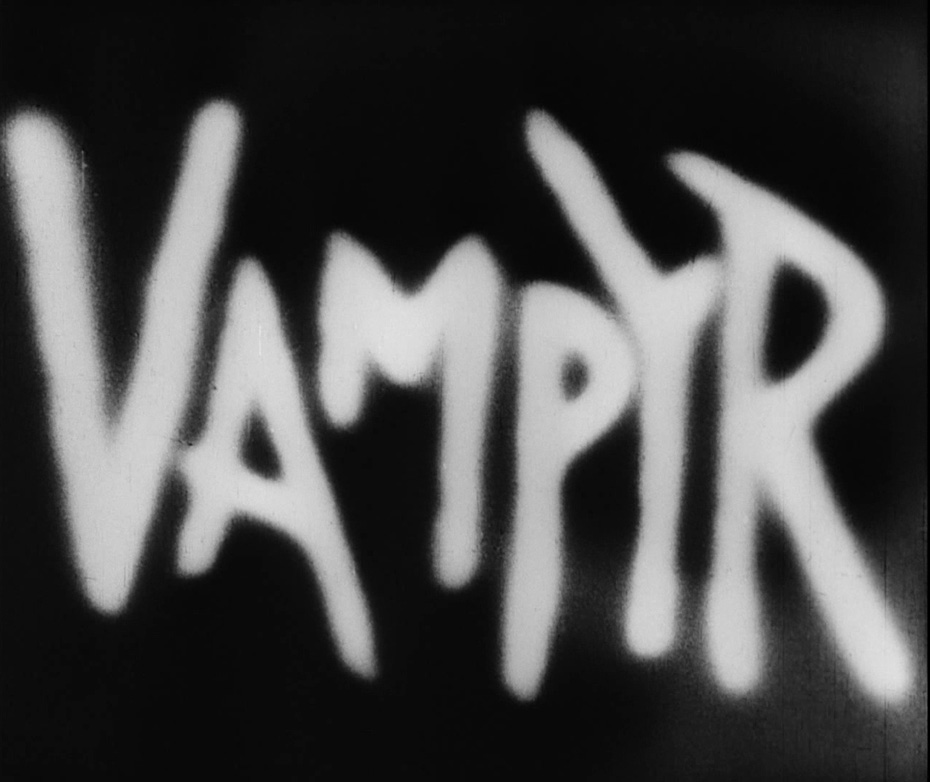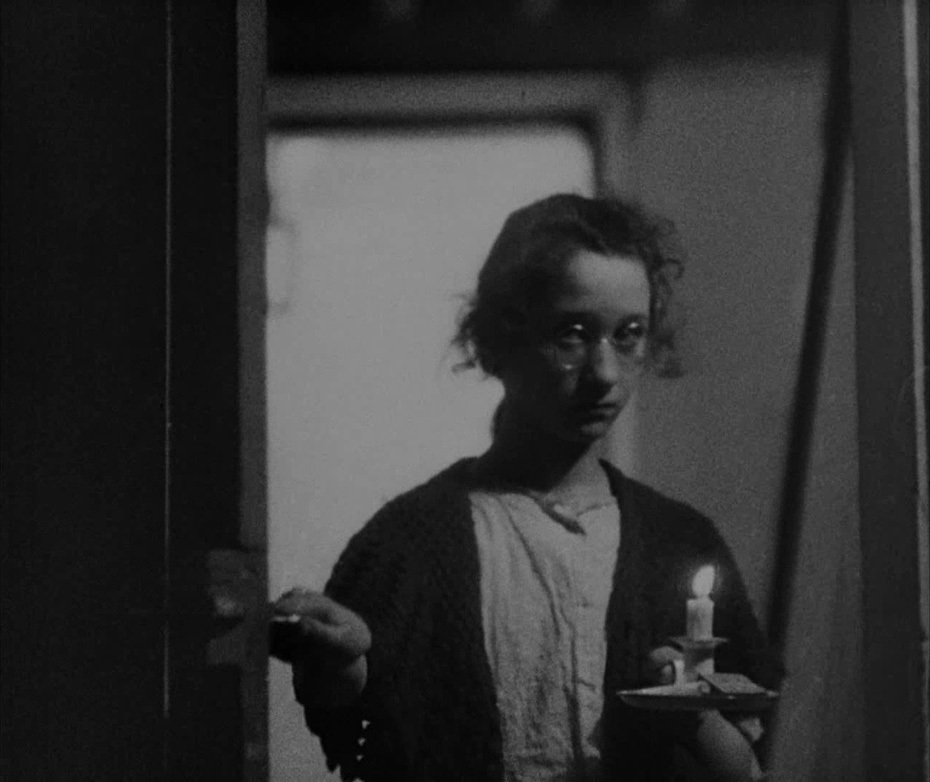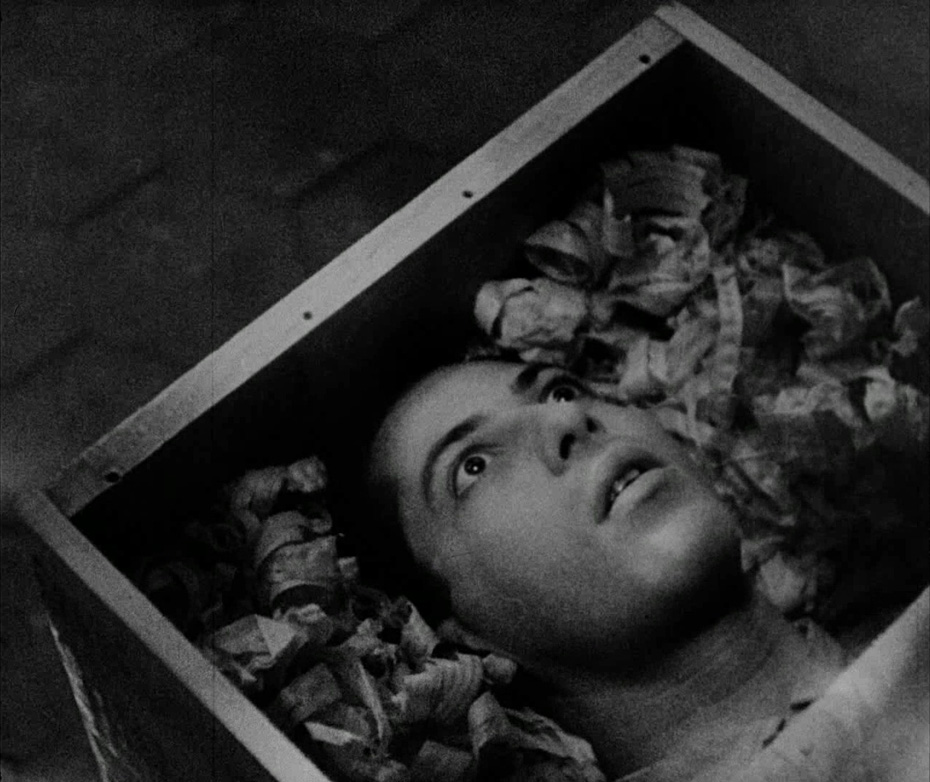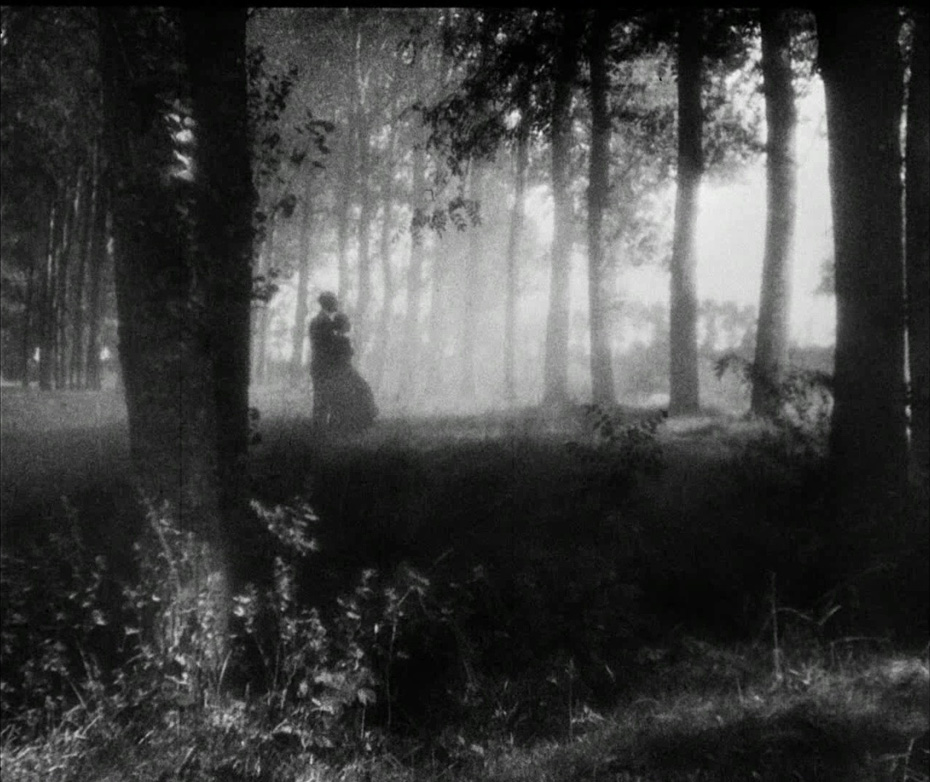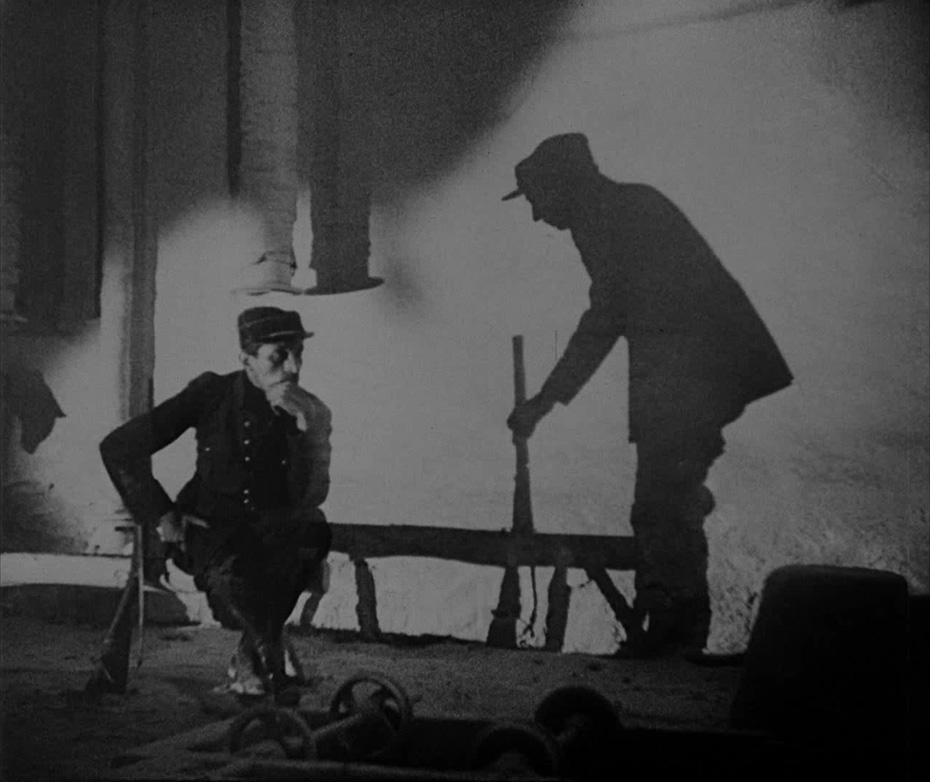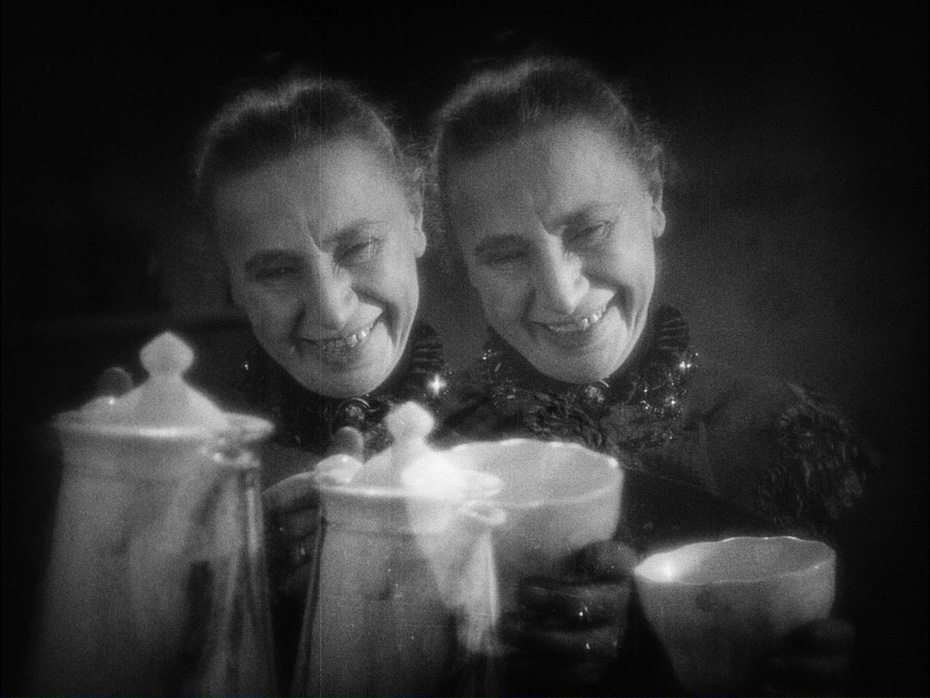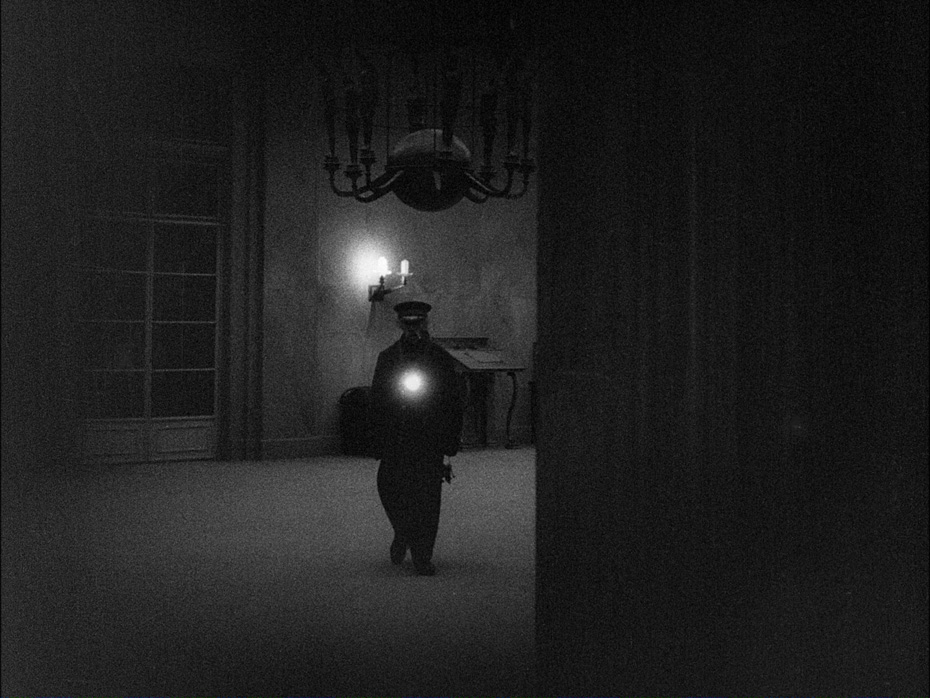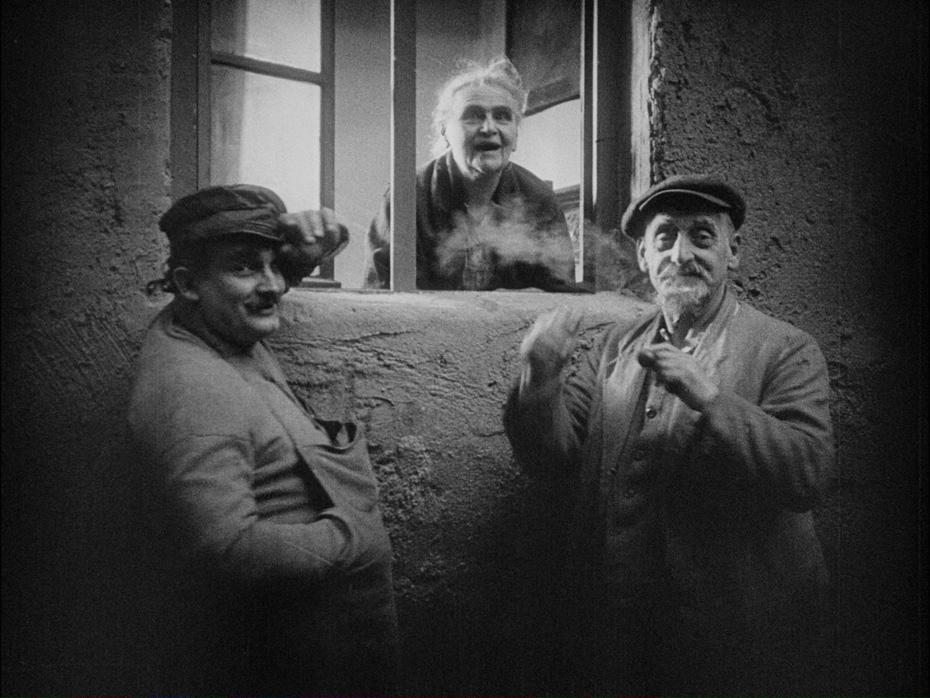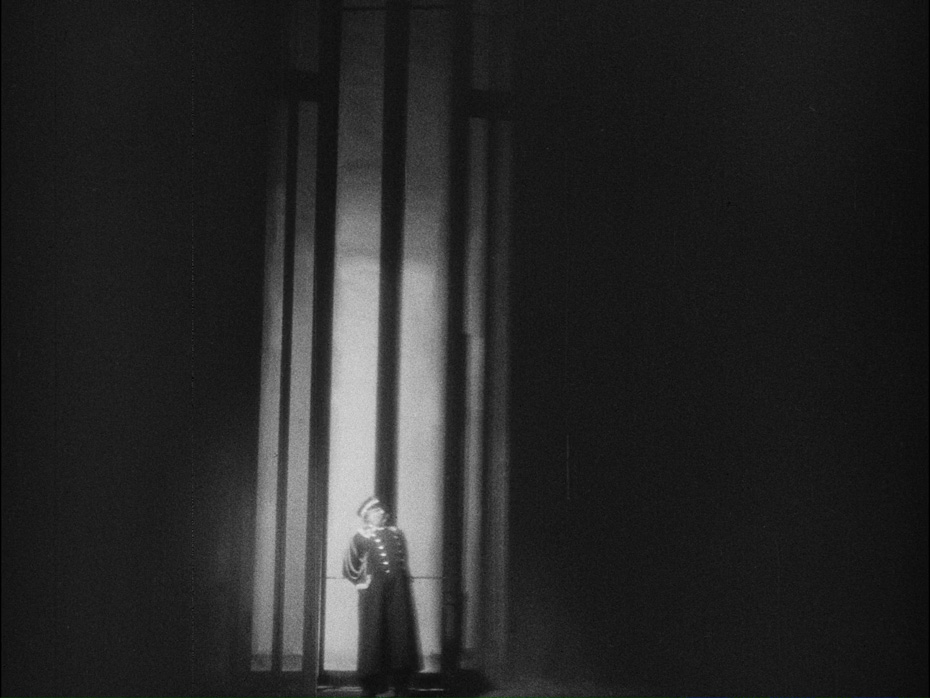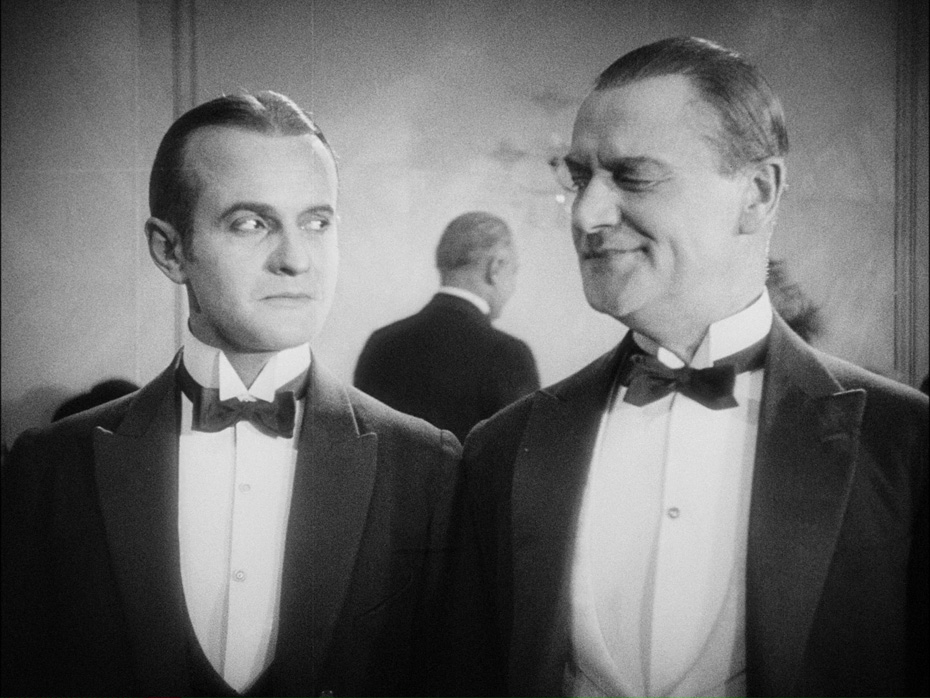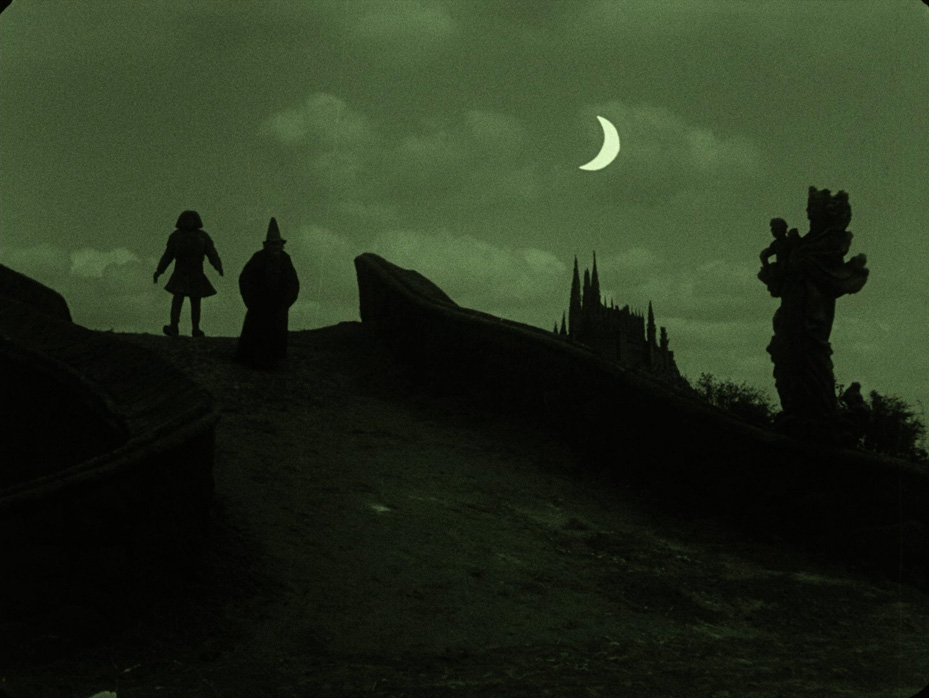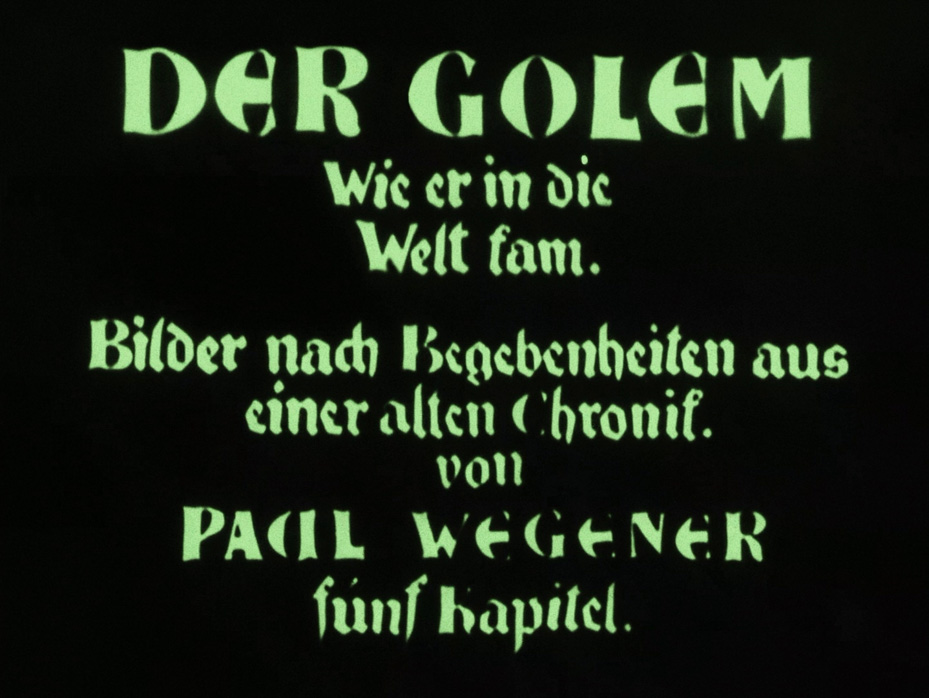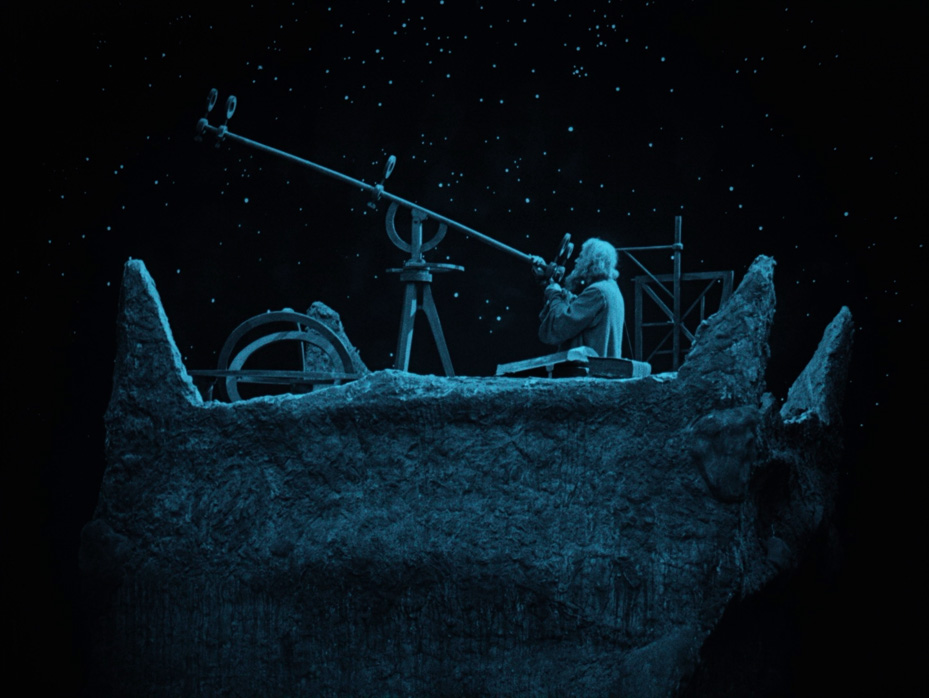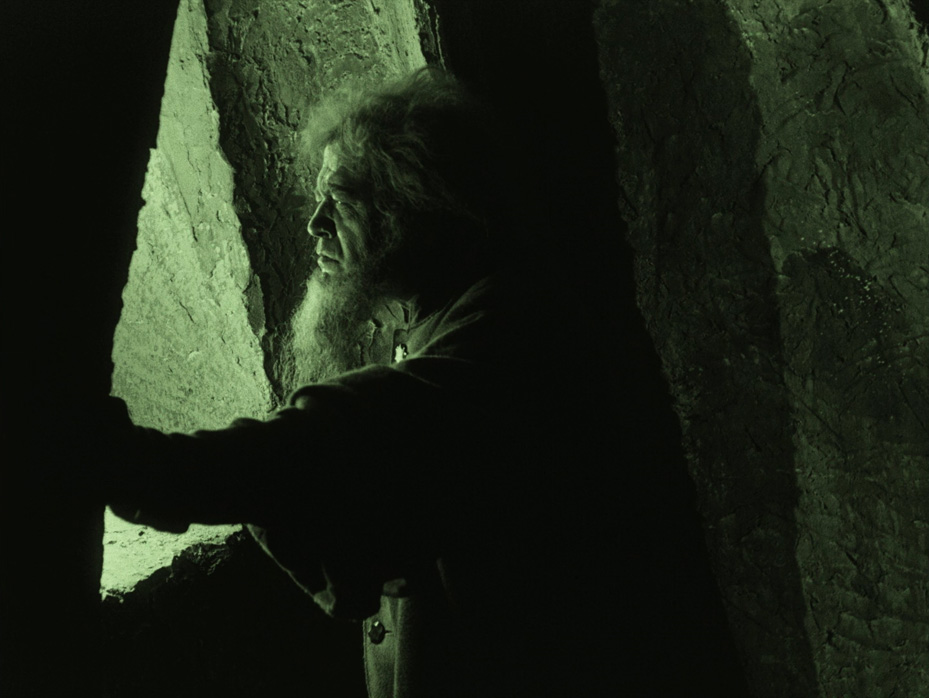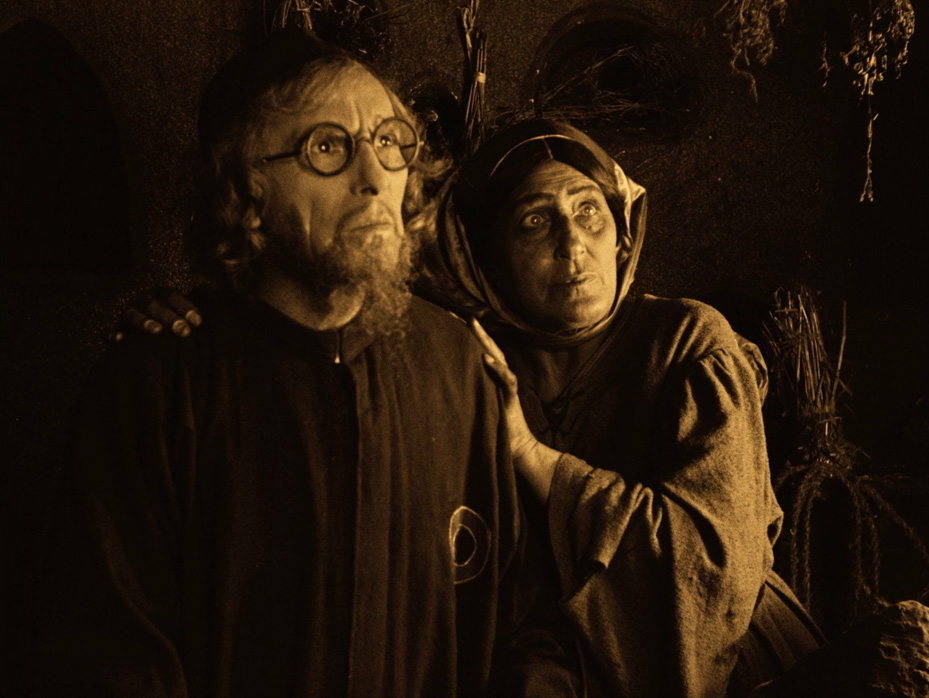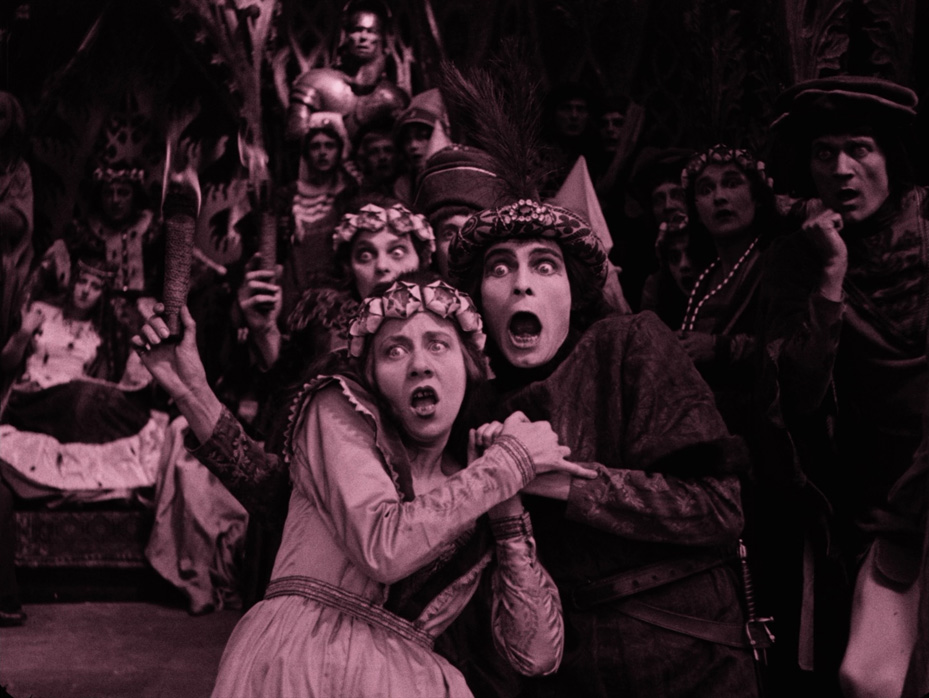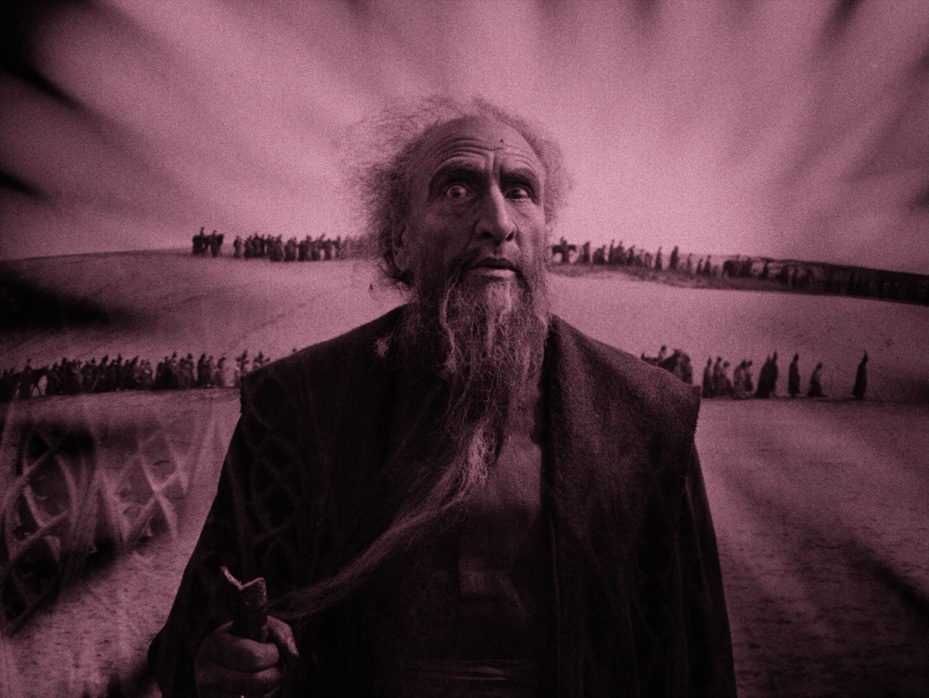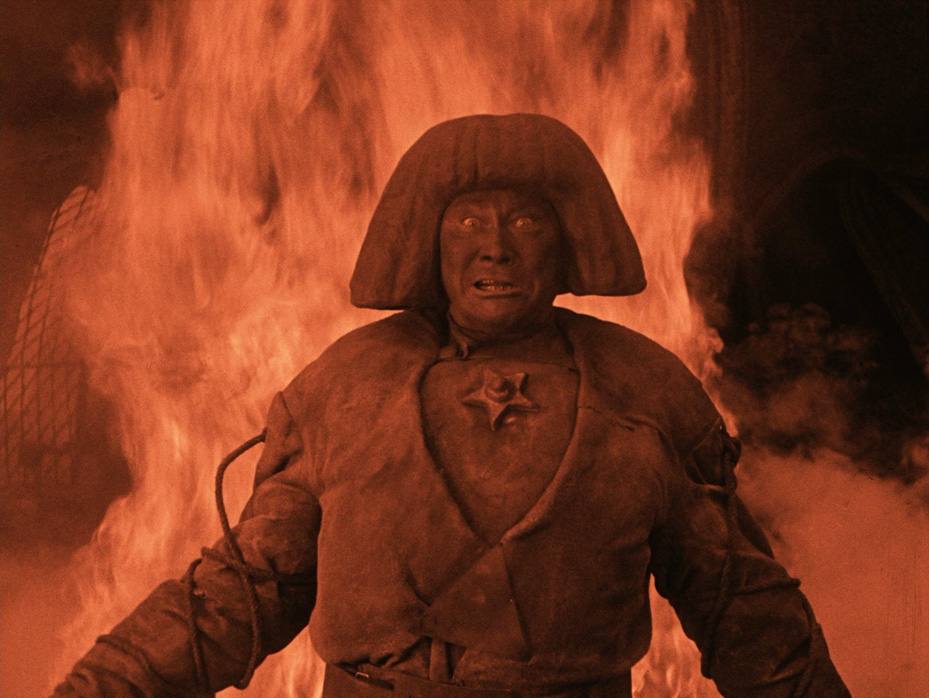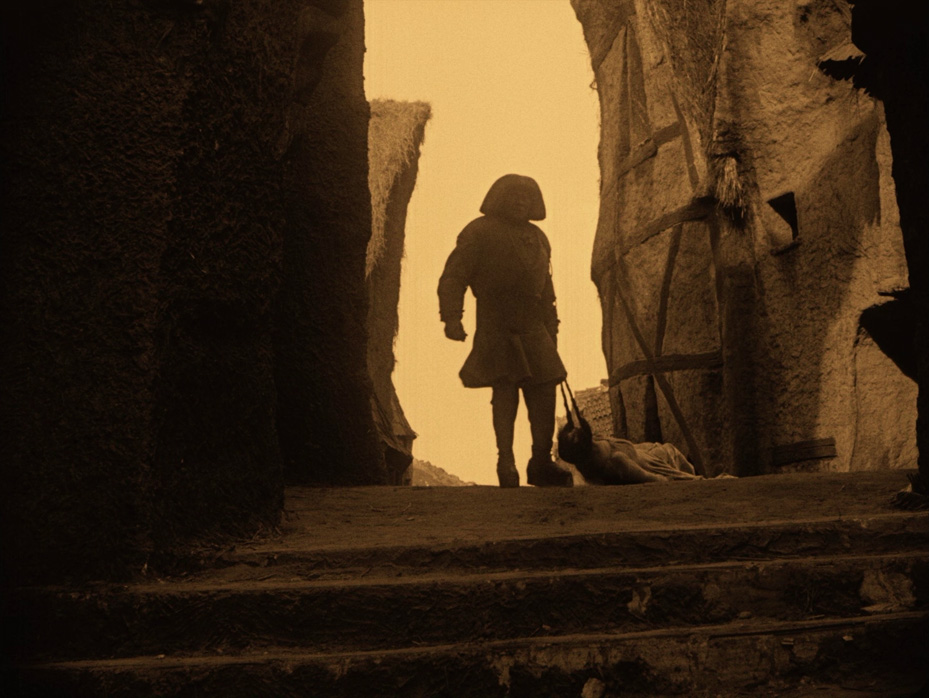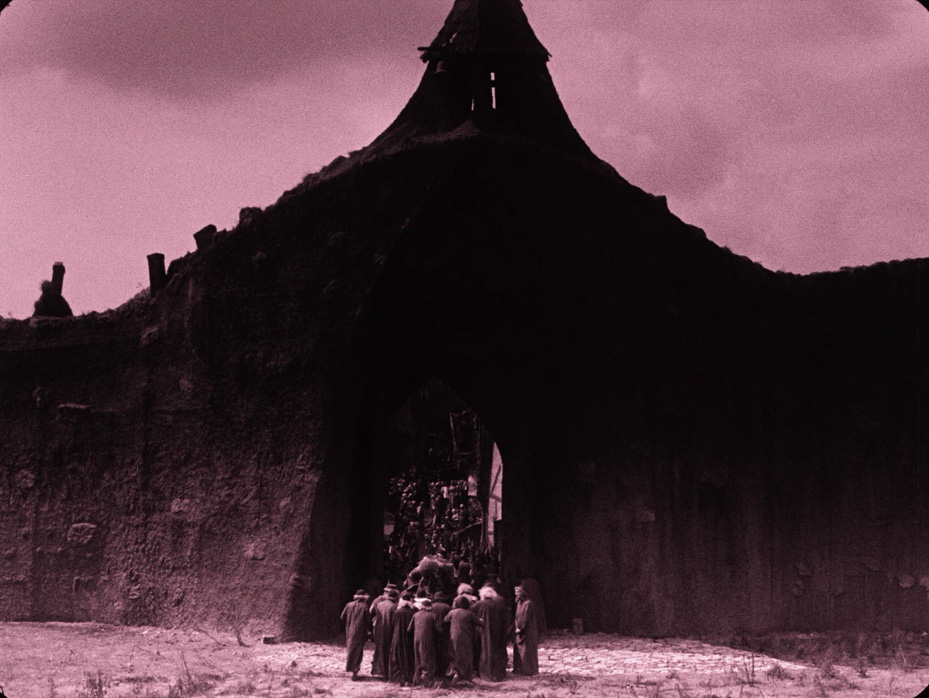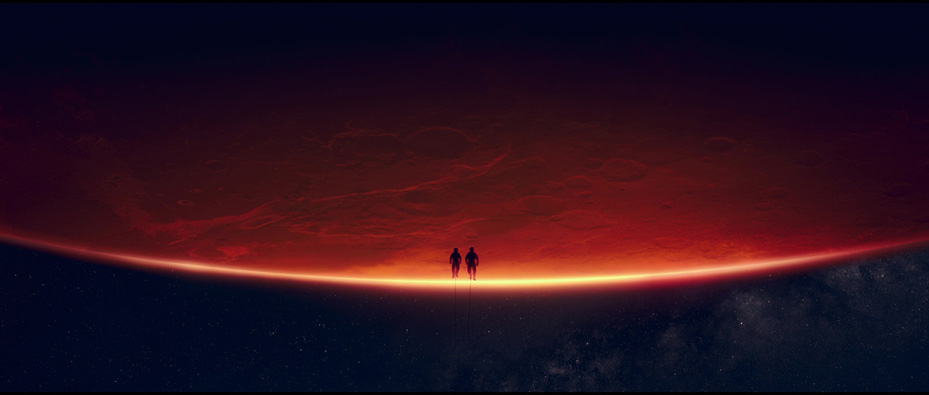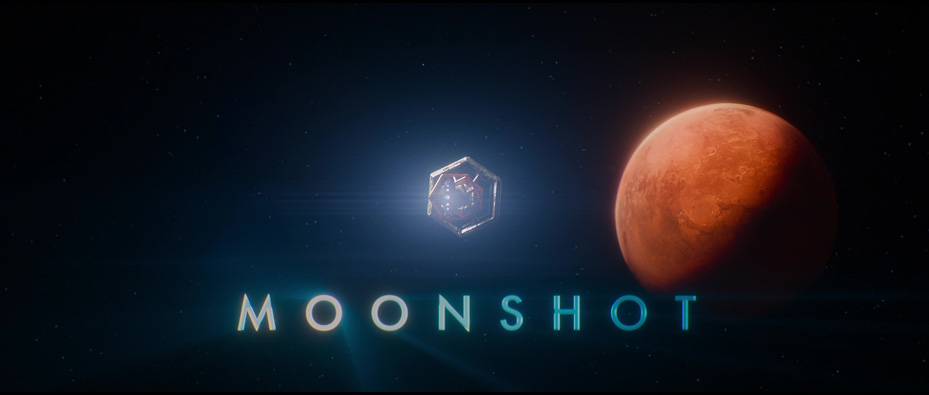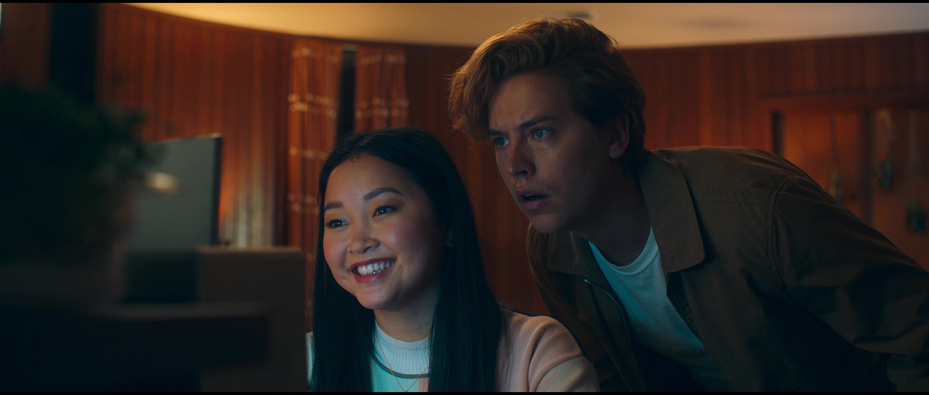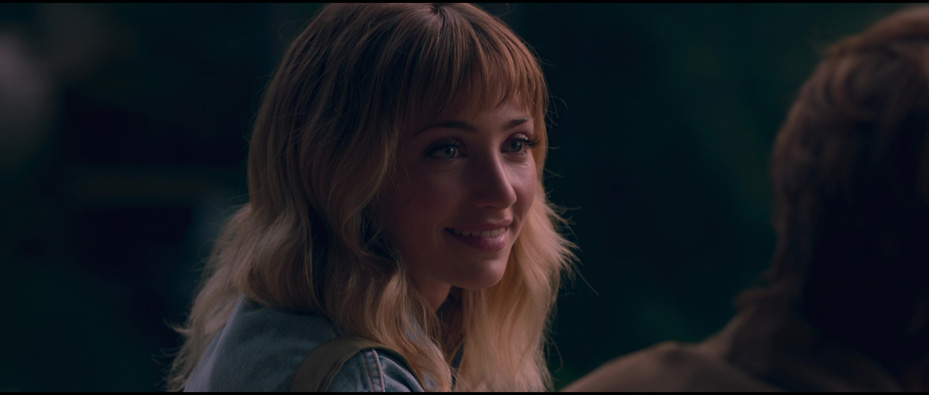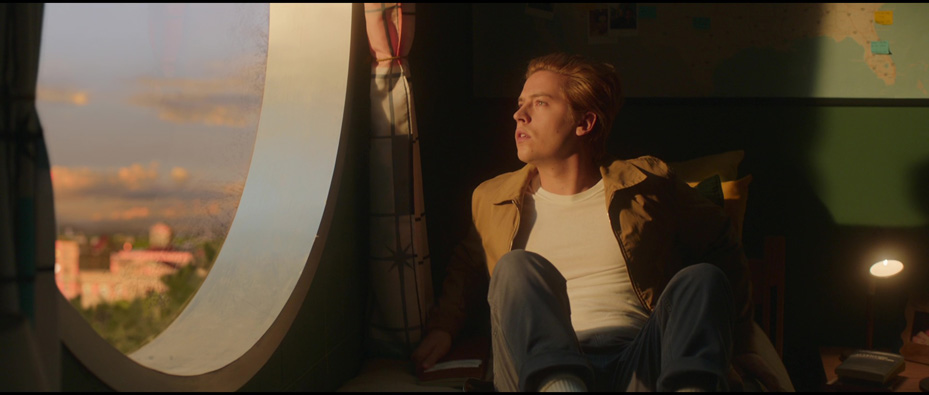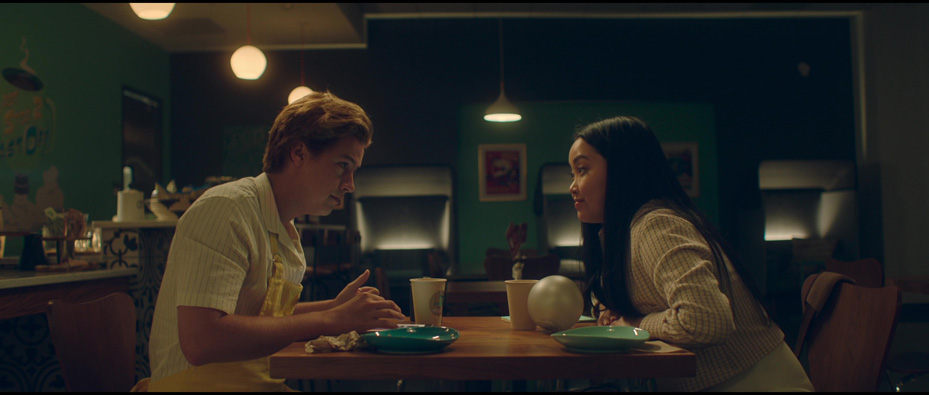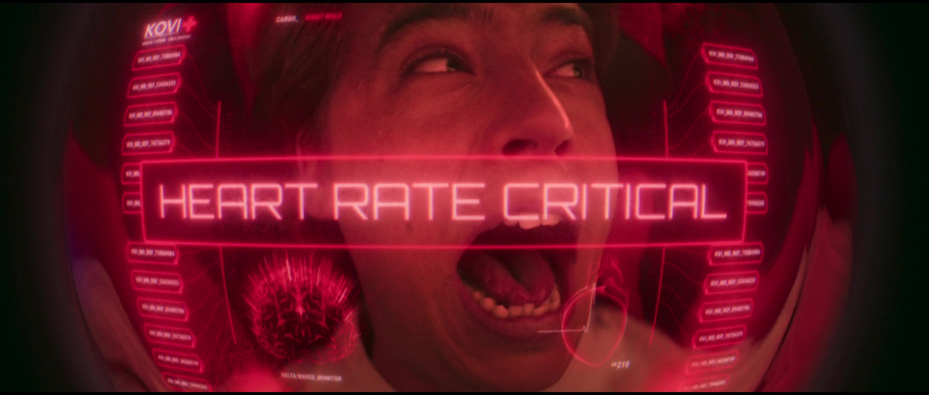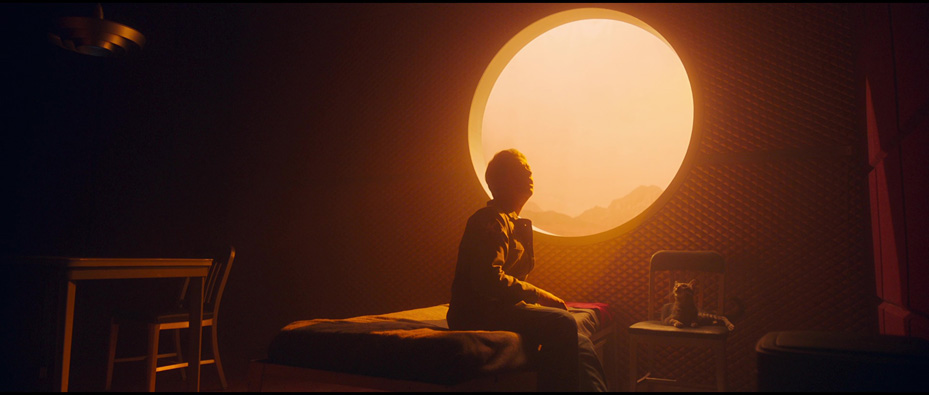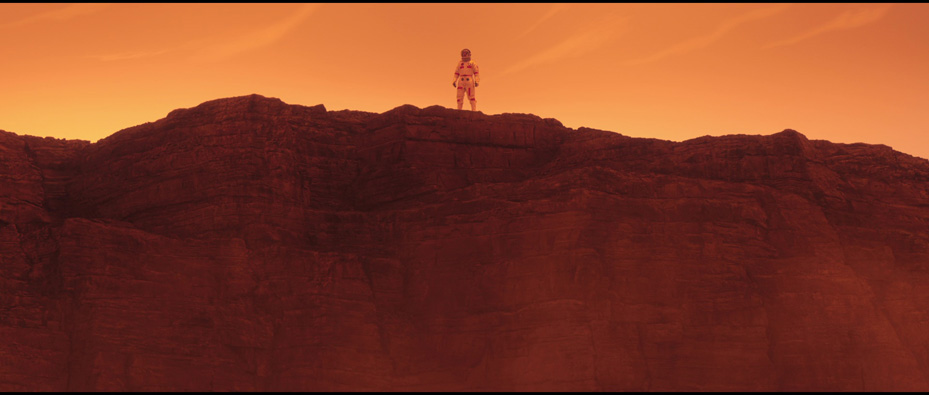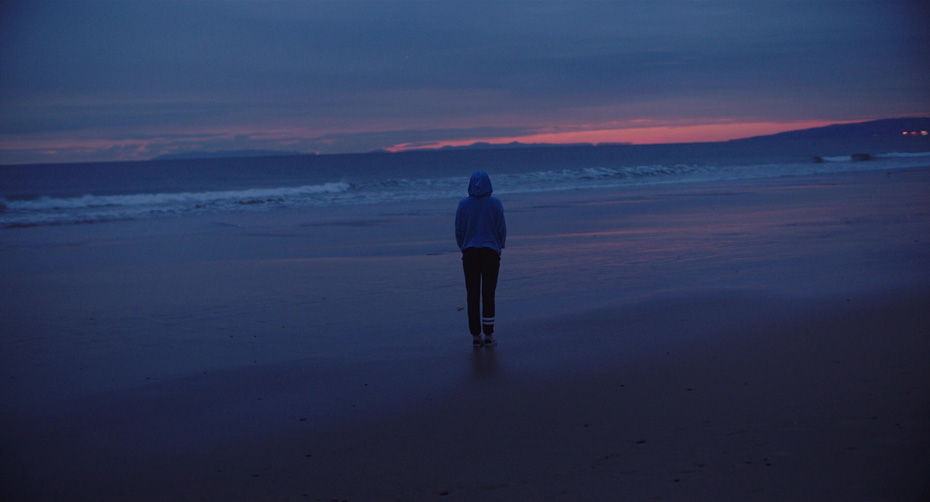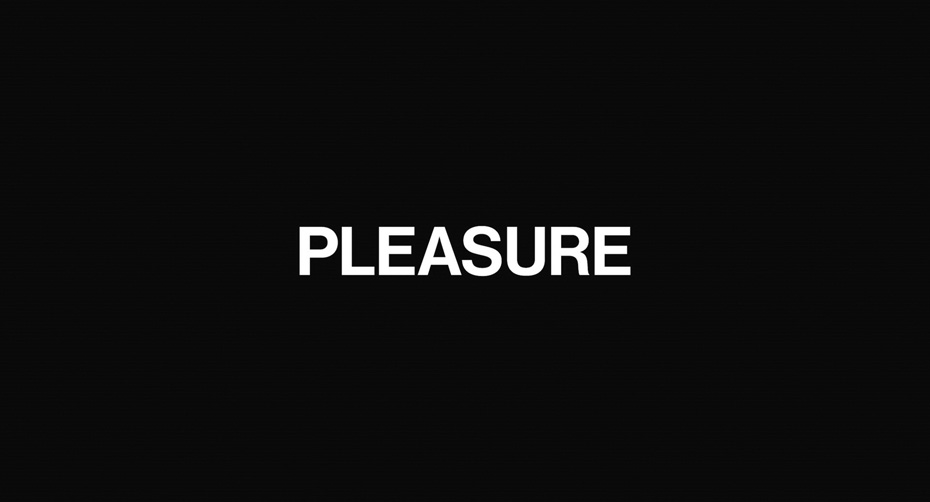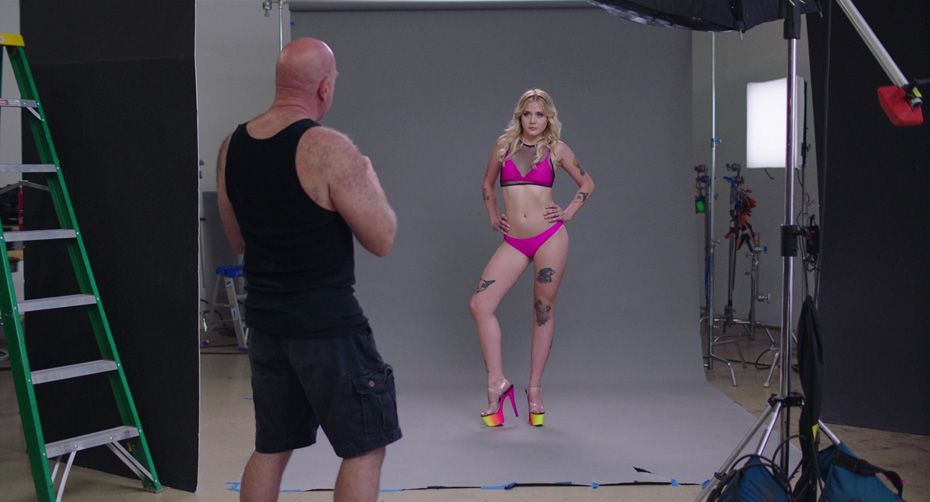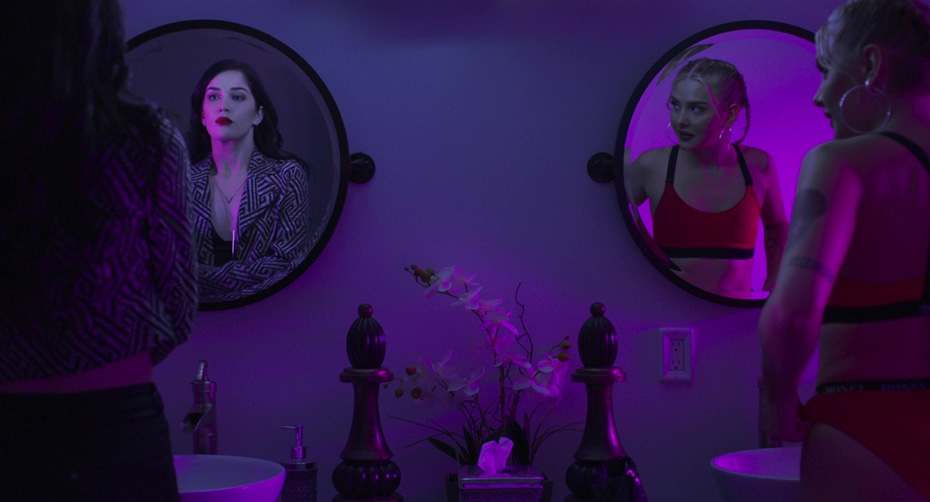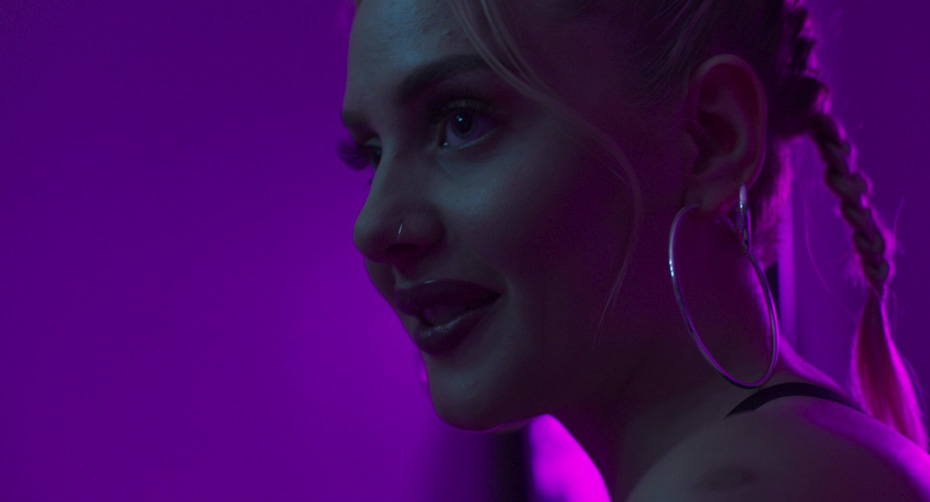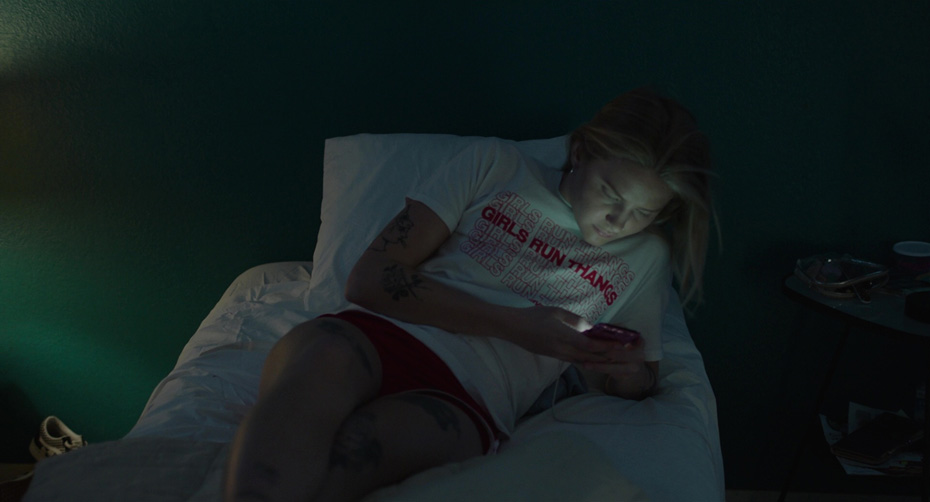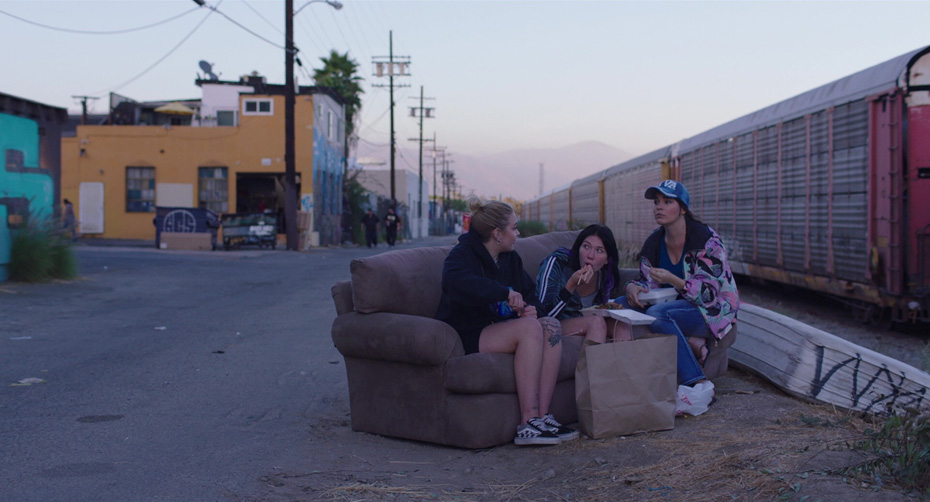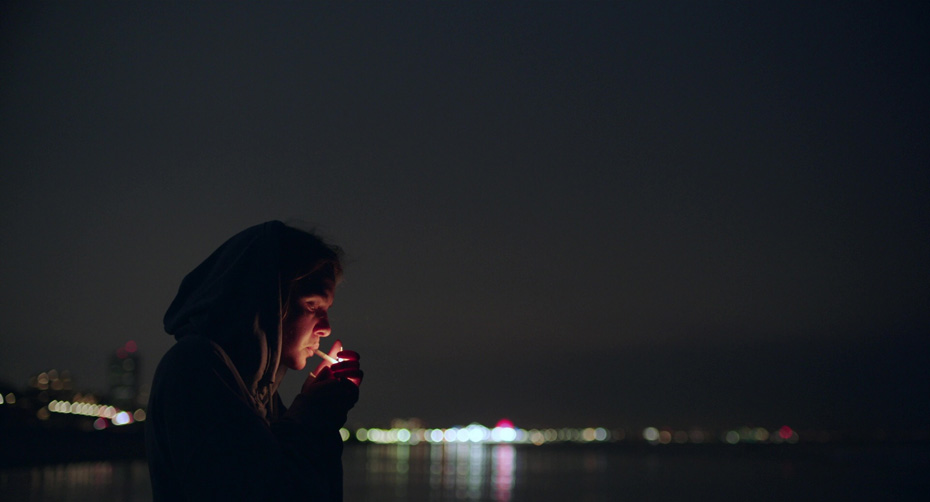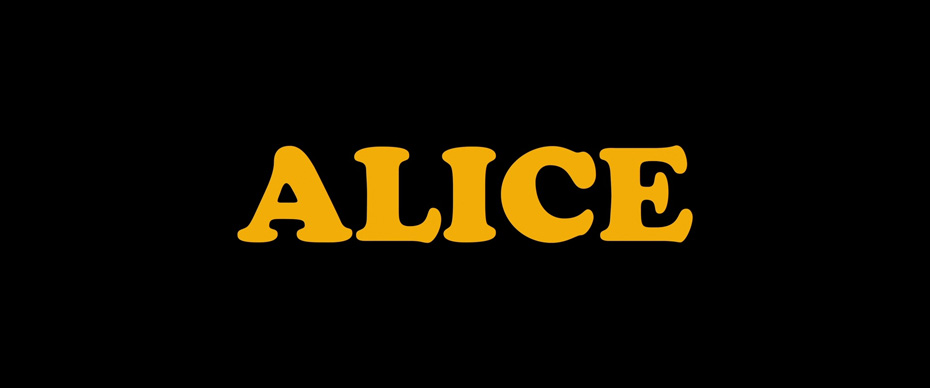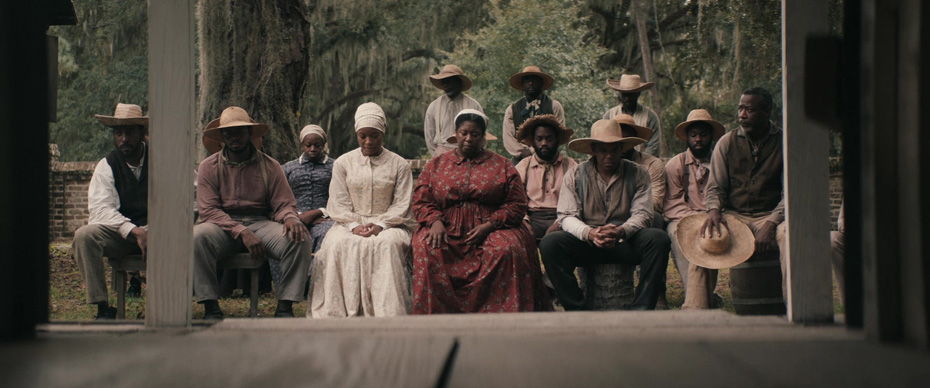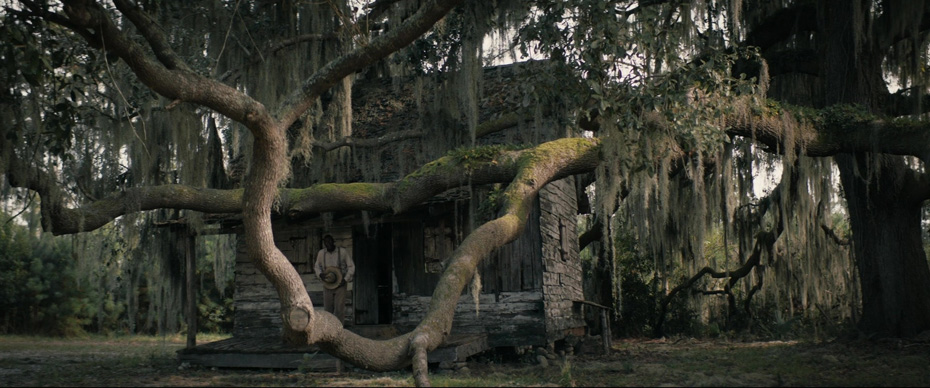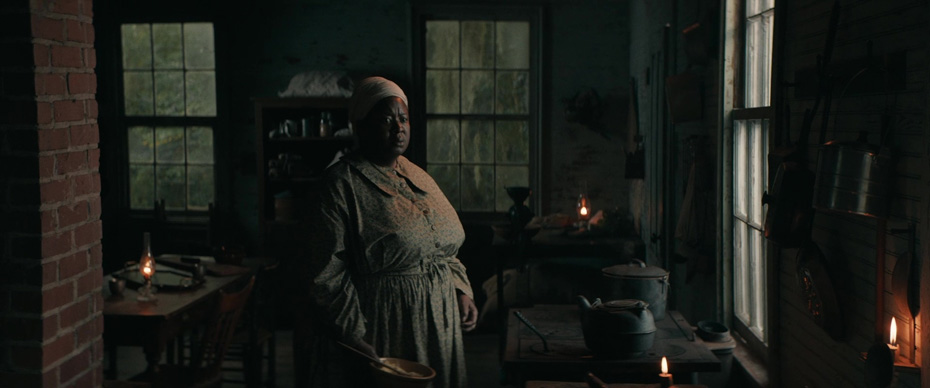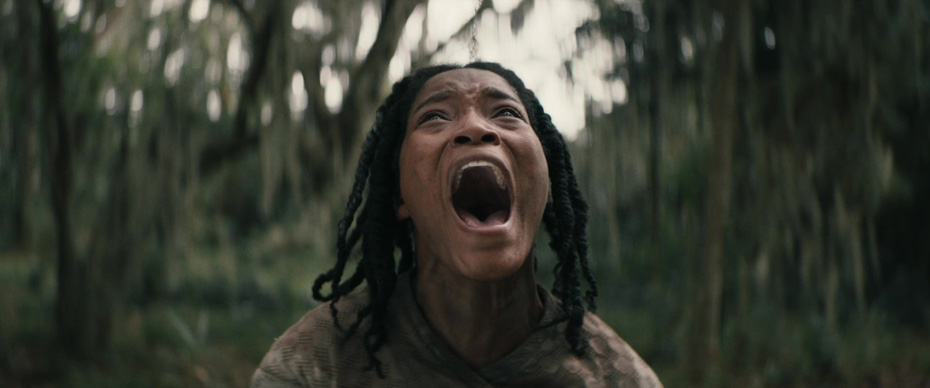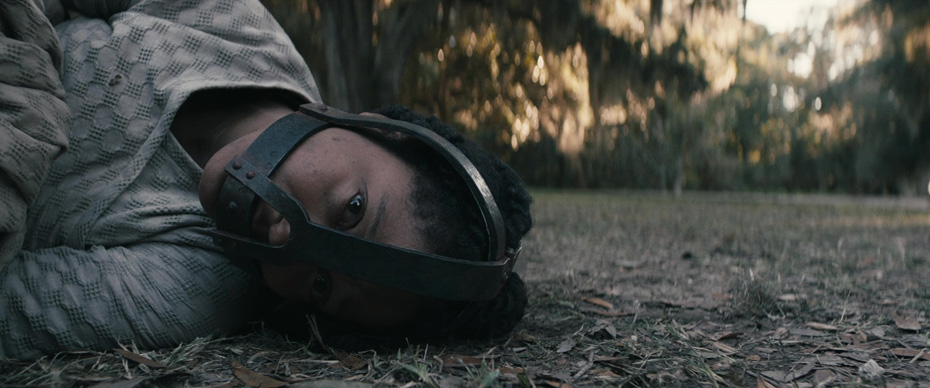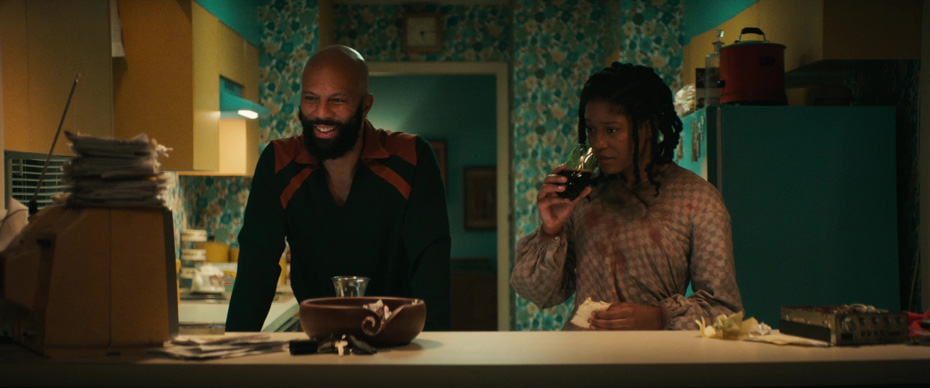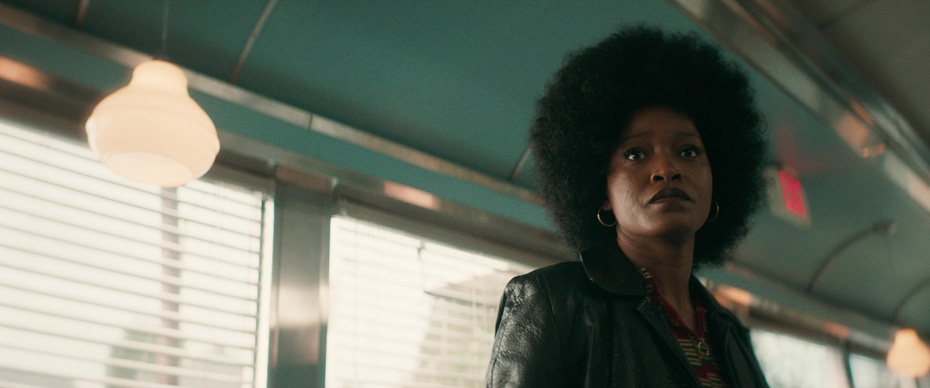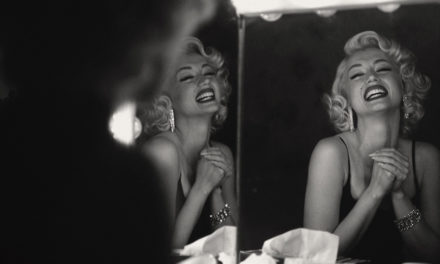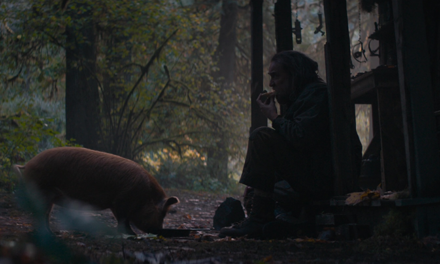THE TUESDAY DROP: 4400+ New Shots
09.27.22 Get your Decks ready ShotDeck Team! We’re adding every episode from The Underground Railroad series, as well as eight German Expressionist films including Nosferatu, Metropolis, The Cabinet of Dr. Caligari, and more. Check them out below, and remember you can always request films for future drops by clicking here!
THE UNDERGROUND RAILROAD is an American fantasy historical drama limited series created and directed by Barry Jenkins, based on the 2016 novel of the same name by Colson Whitehead. The series tells the story of Cora (Thuso Mbedu), a slave who escapes a Georgia plantation and boards a train seeking freedom, while being hunted by a notorious slave catcher (Joel Edgerton). Chase W. Dillon, Peter Mullan, Mychal-Bella Bowman, Sheila Atim and William Jackson Harper also star. The Underground Railroad was nominated for Outstanding Directing of a Limited or Anthology Series or Movie (Jenkins) and Outstanding Limited or Anthology Series at the Primetime Emmy Awards, and also won a Peabody Award. Jenkins worked on the series with American cinematographer James Laxton, with whom he shot his student films at Florida State University, through to Medicine for Melancholy, Moonlight and If Beale Street Could Talk.
One of the early principles that Jenkins and Laxton agreed on as a core tenet of the visual language throughout the series was to shoot the film as much as possible with long camera movements that reframed within shots and eliminated the need for lots of cuts. Jenkins and Laxton came to this decision thinking about the strength of these characters’ imaginations, and the power of their ability to dream, given the immense restrictions placed on them physically. They wanted the camera language to always capture this dream-like state. The pair created a very detailed shot list and design for Chapters 1, 2 and 10, but the speed of their 116-day shoot meant that as they went, they had to find their approach for moments in a more immediate manner, falling back on their established rules as a guideline for their approach. Laxton and Jenkins also wanted to evolve the visual language over the course of the show in keeping with Cora’s journey, and were influenced by Andrei Tarkovsky’s film Stalker as well as the night flash photography of Australian photographer Bill Henson as a way into how they would evolve that visual language. Laxton largely used controllable LED sources to ground the lighting scheme of the show in reality, aiming to cast soft light wherever possible. He also worked with colorist Alex Bickel to create a unique LUT for each episode, leveraging the Arri Alexa LF and Mini LF to evolve the look of the show from episode to episode over Cora’s journey.
METROPOLIS (1927)
Fritz Lang’s 1927 silent German expressionist sci-fi drama METROPOLIS was co-written with his wife Thea von Harbou, based on her 1925 novel of the same name. Made in Germany during the Weimar period, the film is set in a futuristic urban dystopia and follows the attempts of Freder (Gustav Fröhlich), the wealthy son of a city master, and Maria (Brigitte Helm), a saintly figure to the workers, to overcome the gulf separating the working class and the city planners. Metropolis was the first film inscribed on UNESCO’s Memory of the World Register in 2001, and is widely considered to be one of the greatest and most influential films ever made. Lang worked on the special effects of the film with German cinematographer and special effects artist Eugen Schüfftan.
Given the scale and scope of Metropolis’s story and production design, Schüfftan and Lang had to collaborate extensively to use special effects in conjunction with production design as a way of capturing it on film. Schüfftan and the production design department led by art directors Karl Freund, Günther Rittau and Walter Ruttmann built several miniatures of the Metropolis city (inspired by New York City and the various architectural influences populating it). Among the most notable special effects techniques established in Metropolis was the Schüfftan process, a technique using miniatures to create the illusion that actors were occupying the miniature sets. Schüfftan placed a plate of glass at a 45 degree angle between the camera and the miniature buildings, and used the camera’s viewfinder to trace an outline of the area into which the actors would later be inserted onto the glass. This outline was transferred onto a mirror, and all the reflective surface that fell outside the outline was removed to leave just the transparent glass behind. By leaving that piece of mirror in place, it blocked the camera’s view of the miniature set, but also reflected another part of the soundstage, where actors were placed far enough away from the mirror to ensure that when their image was reflected into the camera, they would appear to be the correct size. Schüfftan also used this technique in reverse during the shoot, having a small part of the miniature set reflected into the mirror, with the actors filmed through the transparent glass.
M (1931)
Fritz Lang’s 1931 masterpiece M is a German thriller starring Peter Lorre as Hans Beckert, a serial killer of children. The film is one of the earliest examples of the procedural drama genre, and focuses on the manhunt for Beckert by both the police and the criminal underworld. Written by Lang and his wife Thea von Harbou, M was his first sound film, and is today widely considered one of the greatest films of all time, an icon of German Expressionism, and a major influence on crime and thriller fiction cinema. Lang worked on M with German cinematographer Fritz Arno Wagner, who was also known for his work on films such as Nosferatu.
Inspired by the idea of depicting life in Berlin at the time and the influence of the Ringvereine gangsters in the city, Lang and Wagner wanted to use the visual language of the film to place the audience in the perspective of a voyeur, creating a sense of threat but also of complicity in the violence. By the end of the film, in bringing the camera at Beckert’s eye level for his final speech, they decided to place the audience in the same place as him, bringing the film’s ultimate ethical question before them. Wagner’s high key, high contrast lighting approach became a prototype for the noir era of cinema to come, and a landmark of the psychological thriller.
ELVIS (2022)
Baz Luhrmann’s 2022 biographical musical drama ELVIS tells the story of rock and roll icon, singer and actor Elvis Presley (Austin Butler), told from the perspective of his manager, Colonel Tom Parker (Tom Hanks). The film also stars Olivia DeJonge, Helen Thomson and Richard Roxburgh. Elvis premiered at the Cannes Film Festival, and grossed over $285 million from its $85 million budget, making it the second highest grossing music biopic of all time behind the 2018 film Bohemian Rhapsody, and the fourth highest grossing Australian produced film. Luhrmann worked on the film with producer, costume and production designer Catherine Martin, who is also Luhrmann’s wife. Martin has collaborated with Luhrmann as his production and / or costume designer since his debut feature film, Strictly Ballroom.
Luhrmann and Martin’s vision for Elvis was to go beyond the expectations of a classic biopic and tell Presley’s story on a larger canvas, investigating the cultural impact that his intersection of art and commerce had on his life and on American society. Martin started her research by looking through the Graceland archives, relying on Presley’s family to understand what Presley was wearing on certain days, and what the environments he performed in looked and felt like. From there, she and Luhrmann would adapt the research to tell a visual story in the film – for example, the pair took all the jumpsuits Elvis wore in his first Vegas residency and decided to start with the white costumes and gradually add color and make the jumpsuits look crazier and crazier in keeping with the growing intensity of his performance schedule and lifestyle. The entire film was shot in Australia, so Martin’s production design and VFX team had to work very closely to recreate and, through VFX set extensions, expand the scale of the southern towns Elvis lived in, as well as the Vegas showroom, which was entirely built on a soundstage with a working gold curtain (made from the same fabric as the original stage) and seated over 450 extras.
FAUST (1926)
FAUST is a 1926 silent film directed by F.W. Murnau. The film follows the demon Mephisto (Emil Jannings), who makes a bet with an archangel that a good man’s soul can be corrupted. Mephisto sets his sights on the alchemist Faust (Gösta Ekman), who is trying to save his village from a plague. He is able to help the villagers, thanks to Mephisto, but further dealings with the devil lead Faust on a decadent downward spiral. The film also stars Camilla Horn, Wilhelm Dieterle, Frida Richard and Yvette Guilbert. Faust was Murnau’s last German film before he moved to the United States. Though the film was not a financial success upon its release, it has since grown in estimation to be considered one of the finest examples of German Expressionist cinema, praised in particular for its groundbreaking special effects. Murnau worked on Faust with German cinematographer Carl Hoffmann, one of the most celebrated cinematographers of the silent film era.
Faust was the most technically elaborate and expensive production ever undertaken in the German film industry, until it was surpassed by Metropolis the following year. Murnau and Hoffmann chose to shoot the entire production with two cameras, planning elaborate special effects sequences that required actors to adjust their technique to the requirements of the camera in order to pull off special effects moments. Several moments were shot with different versions, including a scene with a bear that was shot with a person in costume, and one with an actual bear, including when it struck an actor during filming.
NOSFERATU (1922)
F.W. Murnau’s 1922 masterpiece NOSFERATU is a silent German Expressionist horror film based on Bram Stoker’s Dracula. Max Schreck as Count Orlok, a vampire who preys on the wife (Greata Schröder) of his estate agent (Gustav von Wangenheim) and brings the plague to their town. The film faced controversy upon its release, with the filmmakers sued by Stoker’s heirs over the legality of the adaptation, and the court presiding ruled that all copies of the film were to be destroyed. Several prints survived, and the film has since grown to become considered one of the most influential movies ever made. Lang worked on Nosferatu with German cinematographer Fritz Arno Wagner, who was also known for his work on films such as M.
Murnau and Wagner’s collaboration began with very careful storyboards that corresponded to each filmed scene. Murnau was so invested in the relationship of the film’s shot planning to its editing that there were scenes where he used a metronome to control the pace of the acting. Nosferatu has become an iconic example of German Expressionist lighting schemes, with hard light and strong shadows heightening the drama of the story, but Murnau and Wagner were also particularly concerned with composition and framing as a device to give the audience a sense of Orlok’s character. Wagner would often create highly symmetrical compositions that were used as a counterpoint to the costume and make-up design of Orlok’s slender, warped frame, creating striking imagery that disrupted the visual balance of the film and heightened the sense of fear around his character.
THE CABINET OF DR. CALIGARI (1920)
THE CABINET OF DR. CALIGARI is a 1920 German silent horror film, directed by Robert Wiene and written by Hans Janowitz and Carl Mayer. The film stars Werner Krauss as a hypnotist who uses a sleepwalker (Conrad Veidt) to commit murders. The film also stars Friedrich Fehér, Lil Dagover, Hans Heinz. V. Twardowski and Rudolf Lettinger. The Cabinet of Dr. Caligari was released as foreign film industries were easing restrictions on the importing of German films after World War One, and the film has grown to become considered one of the first true horror films, one of the first cult films and a precursor for arthouse cinema. It is considered by many to be one of the most important films ever made, and a prototype of German Expressionism, as well as a major stylistic influence on American cinema of the 30s-50s, particularly in horror and film noir. Wiene worked on the film with German production designers Walter Reimann, Walter Röhrig and Hermann Warm.
Wiene, Reimann, Röhrig and Warm wanted The Cabinet of Dr. Caligari to have a visual style that was deliberately bold, dark and twisted, creating frames with radical and deliberate distortions in perspective, form, dimension and scale in order to give the entire film a language of being unhinged and chaotic. Like the Expressionist paintings of its era, the filmmaking team wanted the audience to feel as though they were inside the head of a madman. The film was entirely shot on set, without any exterior shots, as a way of exaggerating this effect in the built stage environment. Reimann, Röhrig and Warm designed the set to be full of jagged angles, strokes of bold, black paint and shadows and streaks. Certain elements, such as the landscape of Holstenwall, were painted on canvas instead of being constructed, given the relatively small dimensions of the set that the production was filming in.
VAMPYR (1932)
VAMPYR is a 1932 Danish horror film directed by Carl Theodor Dreyer, based on parts of Sheridan Le Fanu’s 1872 collection of supernatural stories In a Glass Darkly. The film stars Julian West as Allan Gray, a drifter obsessed with the supernatural, who stumbles upon an inn where a severely ill adolescent girl is slowly becoming a vampire. Maurice Schutz, Rena Mandel, Jan Hieronimko, Sybille Schitz and Henriette Gerard also star. Vampyr was Dreyer’s first sound film, but remained faithful to techniques of the silent era including the fact that most of the story was told with title cards. Dreyer worked on the film with Polish-Hungarian-American cinematographer Rudolph Maté, who also shot films such as Foreign Correspondent, Gilda and Cover Girl.
Dreyer worked with lots of paintings and literature as reference points for how he wanted the film to look, searching for locations with Maté that would evoke the poetry of Edgar Allen Poe, and the paintings of Francisco Goya. Dreyer and Maté started by wanting a heavy style to the look and feel, but after seeing a shot that came out fuzzy and blurred, Dreyer changed directions to want a softer, more blurred visual language for the film. Maté executed this technique by shooting the entire film through a piece of gauze that was held three feet away from the camera.
THE LAST LAUGH (1924)
THE LAST LAUGH is a 1924 German silent film directed by F.W. Murnau from a screenplay by Carl Mayer. The film stars Emil Jannings as an aging hotel doorman who is forced to face the scorn of his friends, neighbors and community after being fired and demoted to washroom attendant. The film is an early example of Kammerspielfilm, or the “chamber drama” genre in German cinema. The style follows the example of short, sparse plays of lower-middle class life that emphasized character psychology over elaborate sets or action. Murnau worked on the film with German cinematographer Karl Freund, who was also known for his work on The Golem: How He Came Into The World and Metropolis.
Murnau and Freund worked very closely to create a camera language for The Last Laugh that would reflect the editing approach that Murnau wanted to take with the film, resulting in some of the most important and innovative technical progressions in film history during this production. Murnau wanted to start the film with smooth and fast-paced montage editing that was followed by more jarring cuts after the doorman becomes humiliated. Additionally, he and Freund wanted to express the vast chasms between the Atlantic hotel and the lower class housing, and worked with Freund to establish that visually. Freund’s greatest innovation with The Last Laugh was the invention of entfesselte Kamera, or “unchained camera”, a technique that allowed him to get shots from a camera in motion for the first time in cinema history. By removing the camera from a tripod, he opened the door for use of pan shots, tracking shots, crane shots and more, at times strapping the camera to his chest in the first examples of hand-held cinematography, and even riding with on a bicycle into an elevator and onto the street below. Freund also sent the camera down in a wire from a window the street below, with Murnau reversing the shot in the edit. These techniques have since become foundational to film language everywhere.
Paul Wegener and Carl Boese’s 1920 German silent horror film THE GOLEM: HOW HE CAME INTO THE WORLD is a German Expressionist film that is the third of three films that Wegener directed featuring the golem, and was preceded by The Golem (1915) and The Golem and the Dancing Girl (1917). The Golem: How He Came Into The World is the prequel to The Golem, and is based on Gustav Meyrink’s 1915 novel. Wegener stars as the titular creature, a being in Jewish folklore. The film follows the golem, created by a rabbi to protect the safety of his people, sculpted in clay and animated by the mysterious secrets of the Cabala. The golem appears to be indestructible, and capable of great heroics, but things take a turn for the worse when the rabbi’s assistant takes control of the Golem for selfish gain. The Golem: How He Came Into The World is the only one of Wegener’s Golem films to not be lost, as is today considered a masterpiece of German Expressionist cinema. Wegener and Boese worked on the film with German cinematographers Karl Freund and Guido Seeber. Freund was also known for his work on Metropolis, Dracula and the TV series I Love Lucy.
The Golem: How He Came Into The World was shot at the Tempelhof Studios in Berlin. Wegener, Boese worked with Freund and Seeber as well as German architect and designer Hans Poelzig to create a built environment for the film that would take the Jewish ghetto setting of the movie and push it into more stylized territory. Poelzig and his team built the scenery in a highly stylized manner that emphasized the bold visual language that the directing and cinematography team saw for the movie, creating a sense of unease in the film’s compositions, as well as strong shadows in the film’s high contrast lighting scheme.
MOONSHOT (2022)
MOONSHOT is a 2022 American sci-fi romantic comedy directed by Chris Winterbauer and written by Max Taxe. The film is set in a future where Mars is terraformed, and stars Lana Condor and Cole Sprouse as two college students who sneak aboard a space shuttle from Earth to Mars in order to be united with their significant others. The film was released on HBO Max in March 2022. Winterbauer worked on Moonshot with Canadian cinematographer Brendan Uegama, who was known at the time for his work on projects such as Van Helsing, What an Idiot and Child’s Play.
Winterbauer and Uegama began their collaboration on Moonshot by storyboarding the entire film together, including notations about their ideas for each scene and thoughts about the color scheme of shots. These boards and notes were then sent to production designer Eddie Matazzoni to bring him into the collaboration as early as possible into the film. Uegama shot the film with the Alexa Mini and used three different types of lenses for the phases of the film to transition the audience visually from Earth to the Spaceship to Mars. Earth scenes were shot using MiniHawk Hybrid lenses, the Spaceship was shot with Super Speeds, and the Mars scenes were shot with Summilux-C lenses. Given the tight confines in which shooting would take place, Uegama, Matazzoni and gaffer John Sandau built light panels down the sides of the ship, as well as between the floor and wall mats to serve both the story and the needs of the crew.
PLEASURE (2022)
Ninja Thyberg’s feature directorial debut, PLEASURE, is a 2022 drama based on her short film of the same name and stars Sofia Kappel as Bella Cherry, a young woman who arrives in Los Angeles with hopes of becoming an adult film star, but learns the consequences and costs of her ambitions in this industry. Pleasure premiered at the 2020 Cannes Film Festival, before screening at the 2021 Sundance Film Festival. Thyberg worked on the film with Swedish cinematographer Sophie Winqvist, who had previously worked with Thyberg on her short film Hot Chicks, as well as the short version of Pleasure. Winqvist had also shot the feature films Aatma and Aniara.
Thyberg and Winqvist began their collaboration studying Thyberg’s extensive research and experiences observing the porn industry in Los Angeles, intent on creating a visual language that reversed the imagery typically presented in adult films, ones that would help frame the story from Bella’s perspective. Winqvist decided to shoot the film on the Alexa Mini using Cooke s4 lenses, wanting to capture the authentic texture and colors of skin, while also pushing the visual tone of the film towards something not quite real. Her collaboration with her gaffer and grip team helped create a look and feel that was authentic to adult film sets, using lots of kino flo lights and soft bright light sources, similar to the techniques used in porn. They also used these units to create a visual language mimicking the story’s cultural split between Madonna and an “unholy woman”.
ALICE (2022)
ALICE is a 2022 American crime thriller written and directed by Krystin Ver Linden in her feature directorial debut. The film stars Keke Palmer as Alice, a slave in the antebellum South who escapes her secluded plantation, only to stumble onto a highway and discover that the year is actually 1973. Jonny Lee Miller, Common, Gaius Charles and Alicia Witt also star. Alice premiered at the 2022 Sundance Film Festival. Ver Linden worked on the VFX for the film with Milan, Italy-based VFX studio 22DOGS.
Alice was set to go into production in the summer of 2020, when the Covid pandemic forced the film to shift gears, shooting in the fall and moving its entire post-production process remotely. With producer Peter Lawson in Australia, Ver Linden and editor Byron Smith in the US, and 22DOGS in Italy, working remotely to design and execute over 200 visual effects shots was a significant logistical and technological challenge for the crew. Using technology tools such as Frame.io to live stream frames remotely to one another, the 22DOGS team would be able to draw with a stylus directly onto the frame to map out and illustrate where and how VFX elements would operate, streamlining the team’s workflow and pushing the film’s relatively limited budget to its maximum potential.

